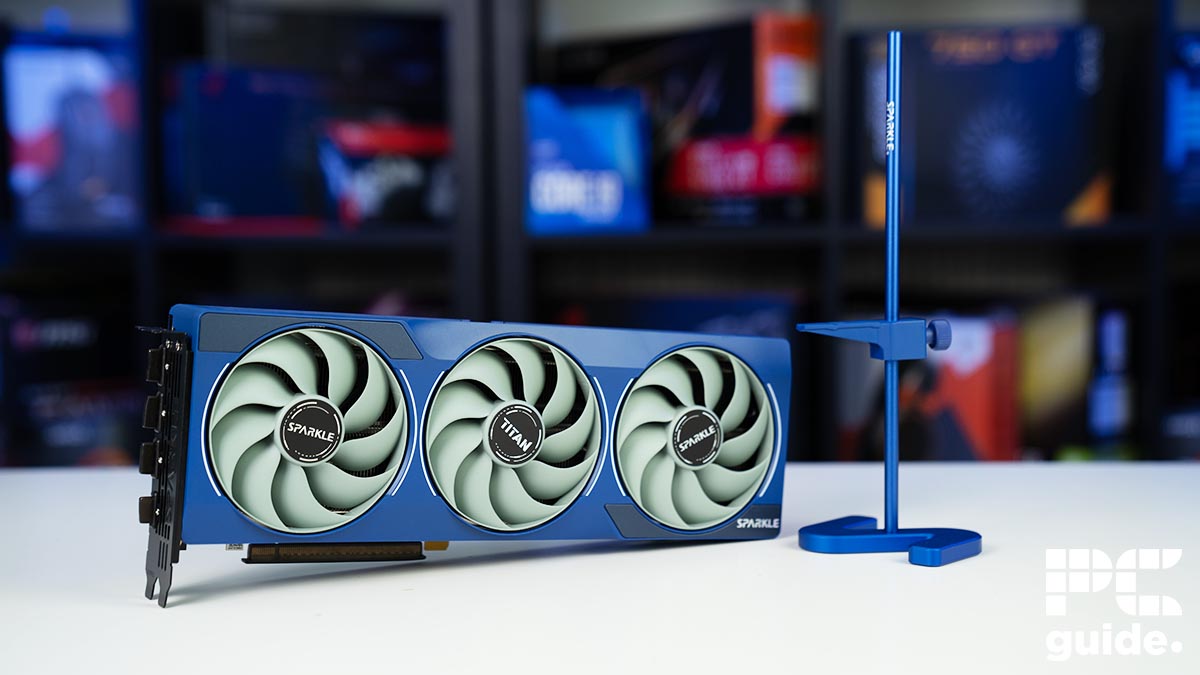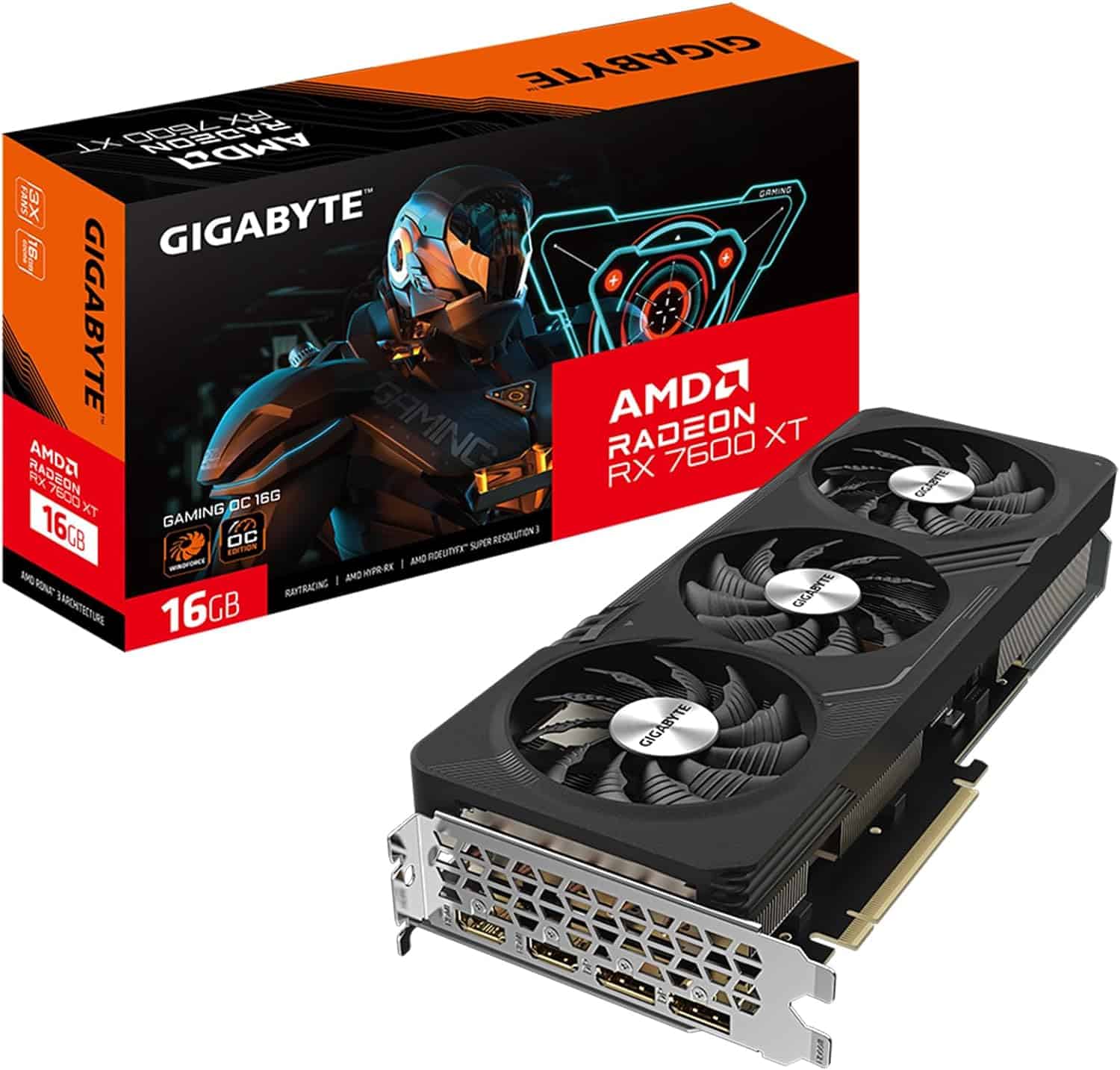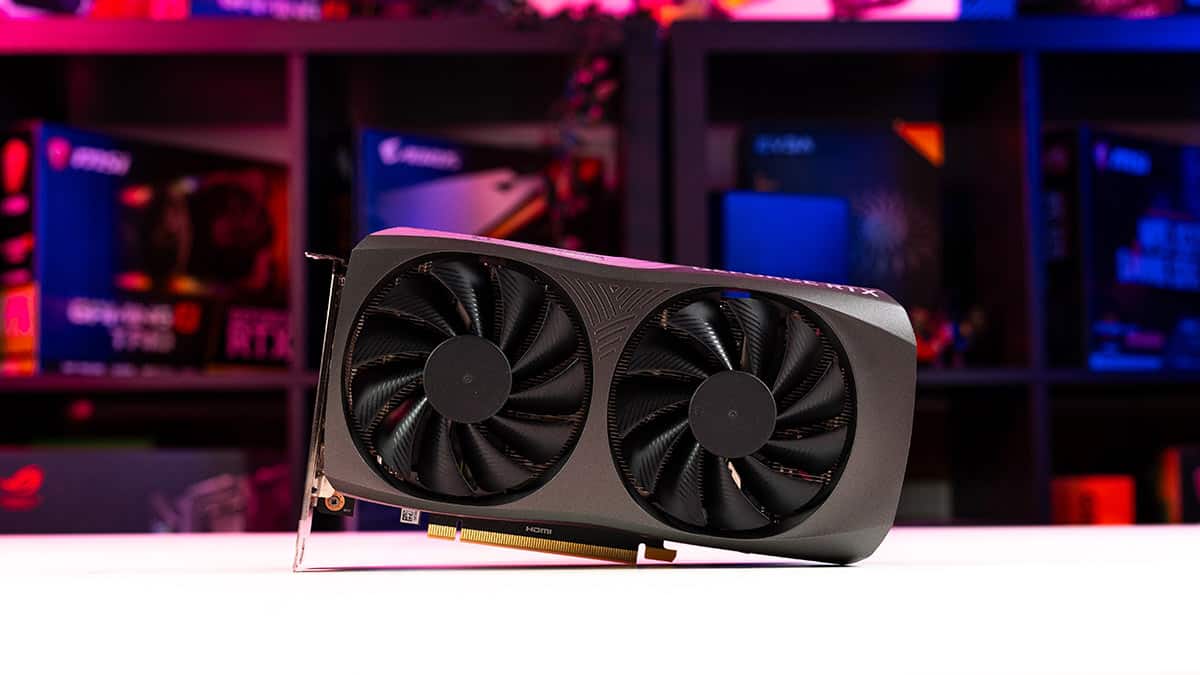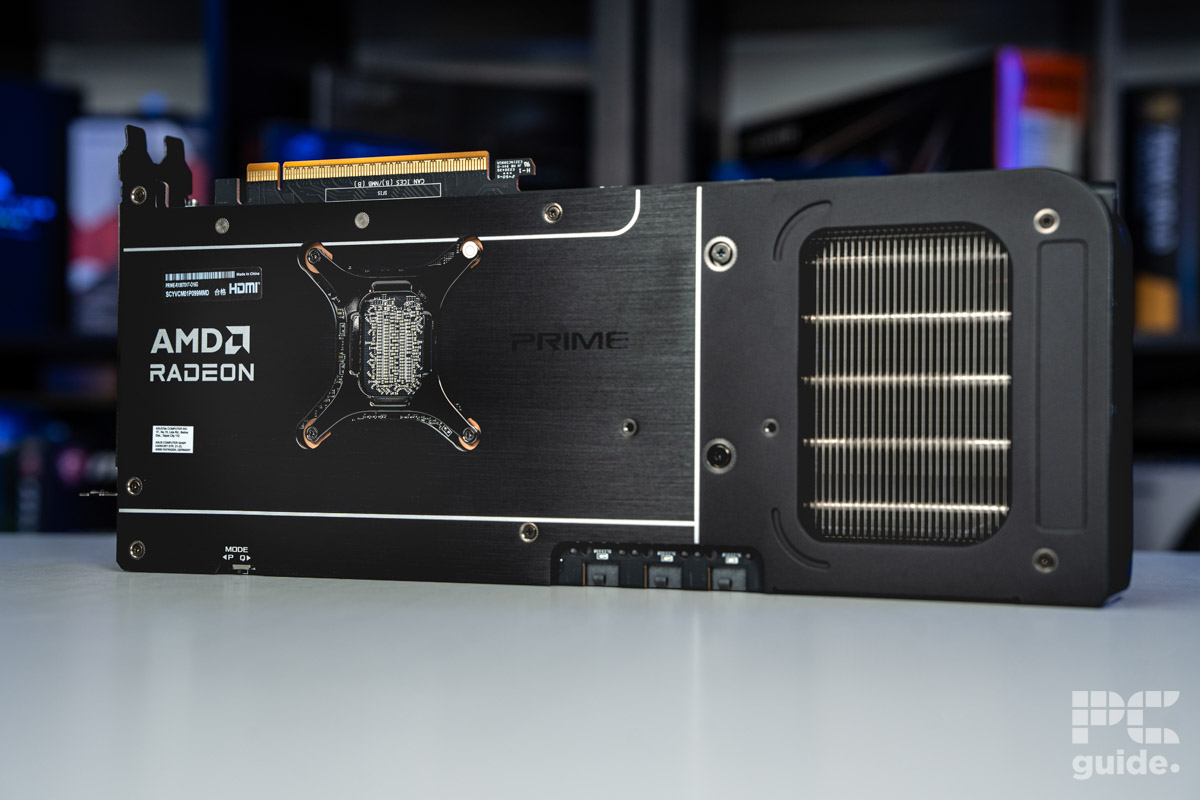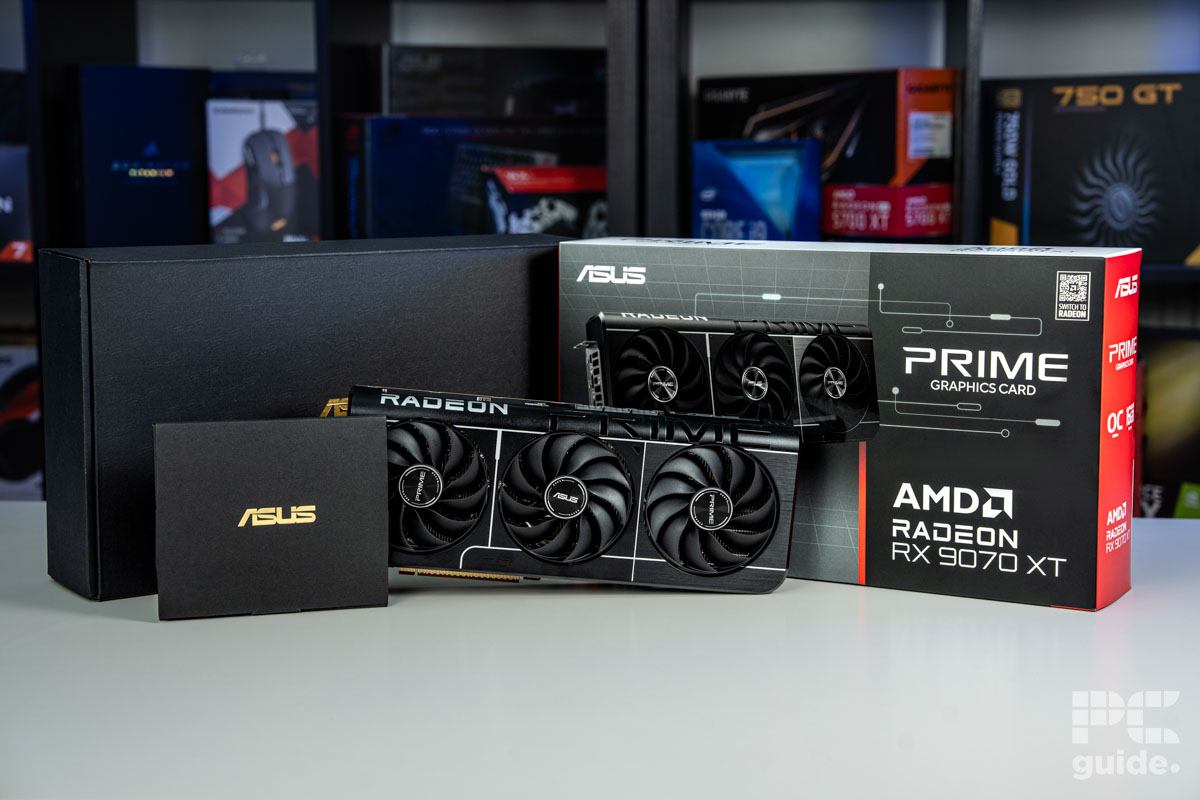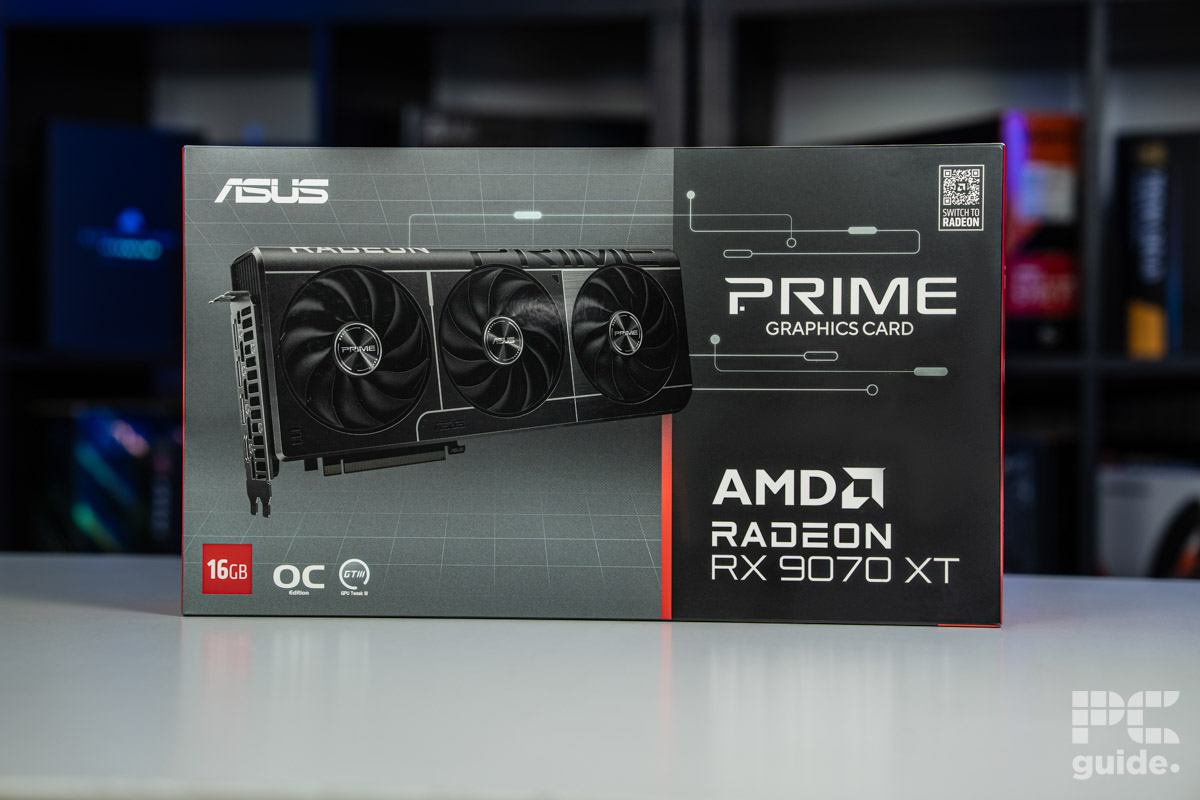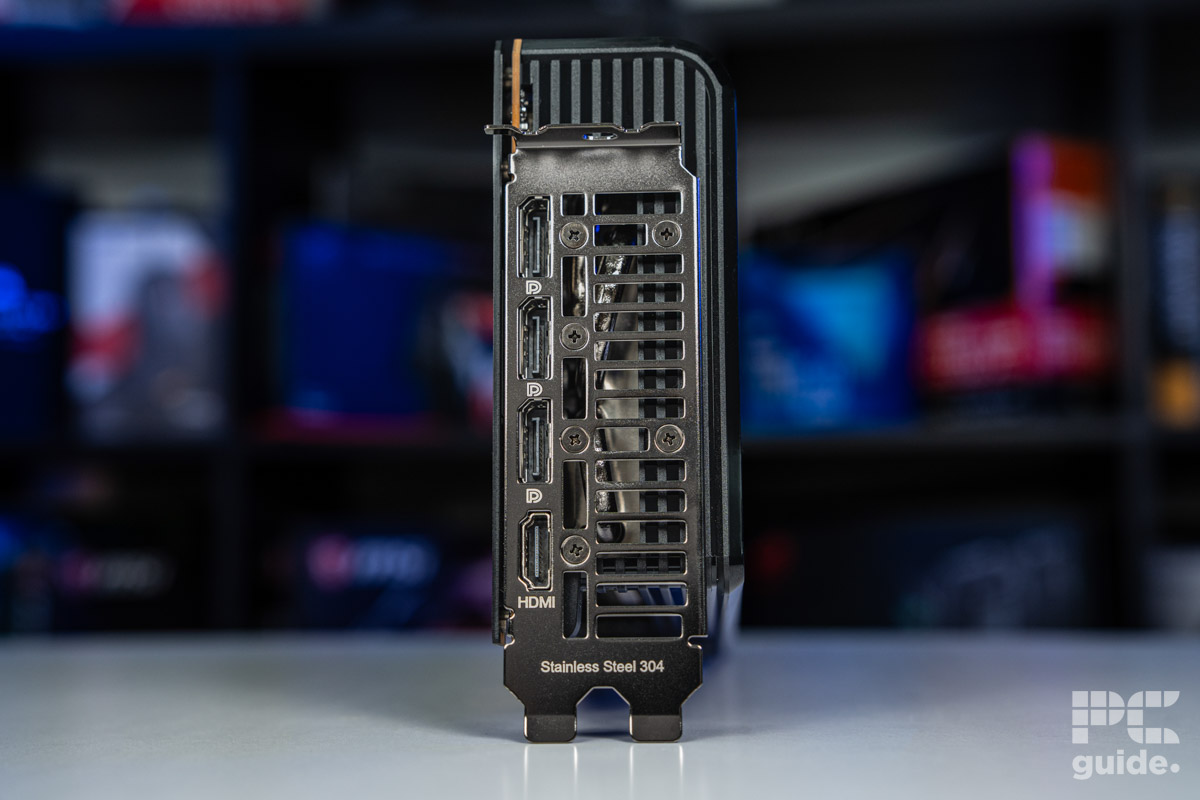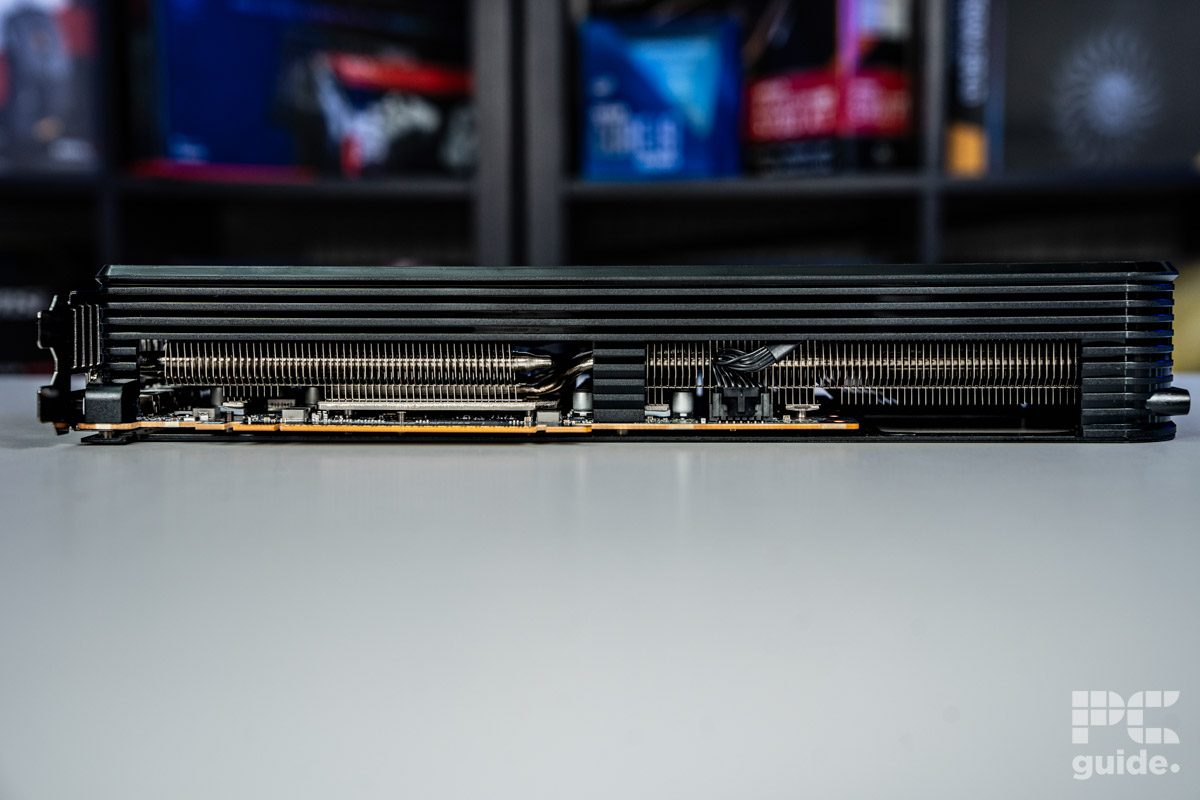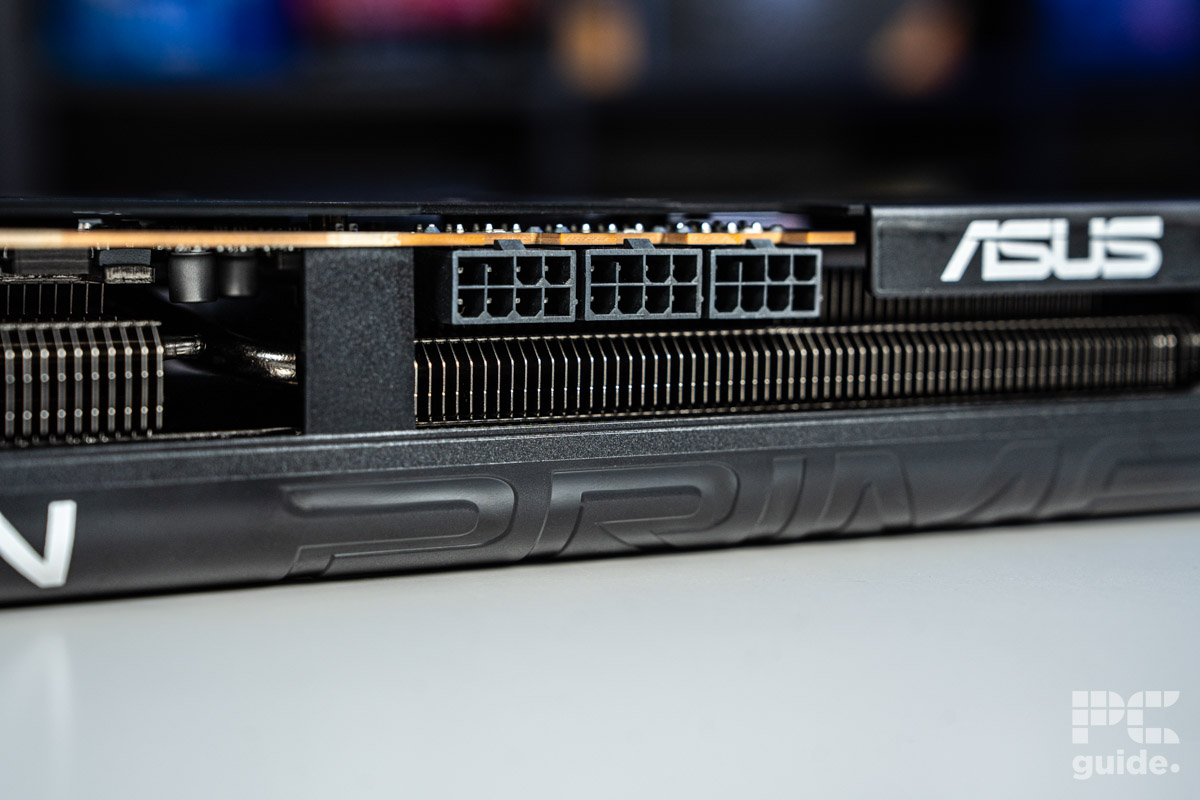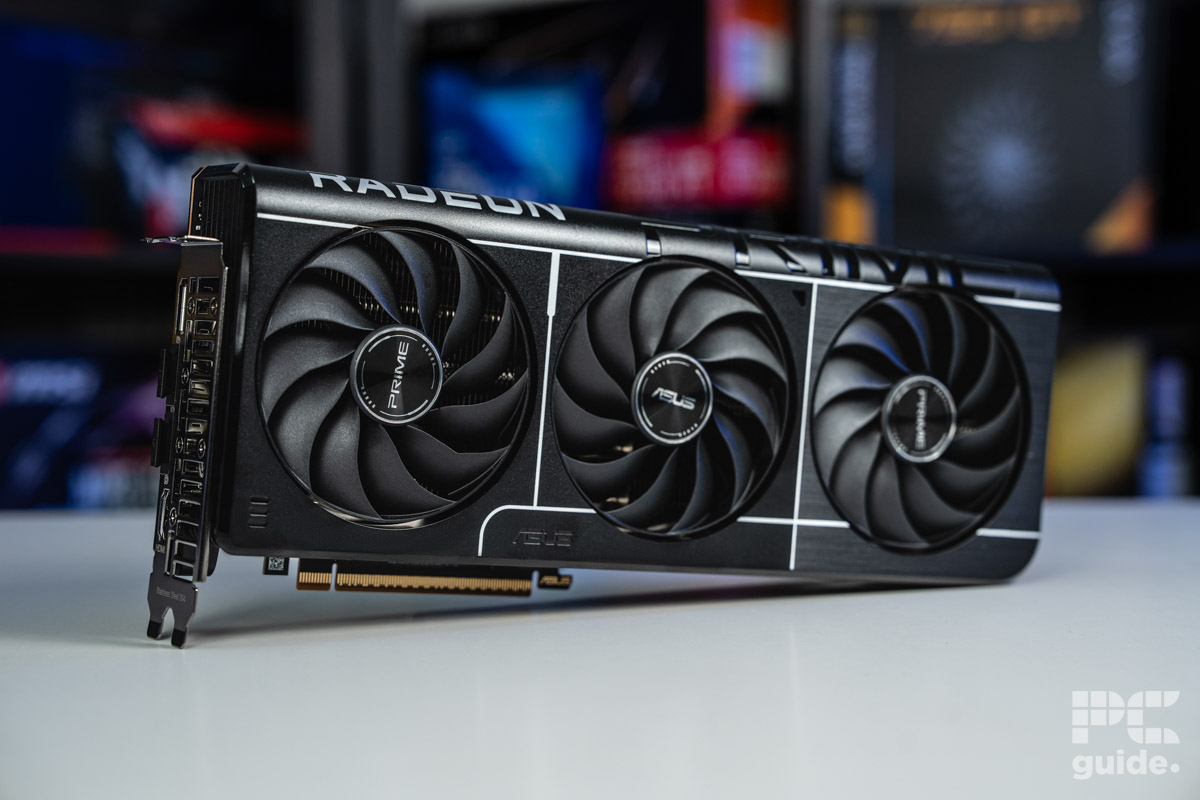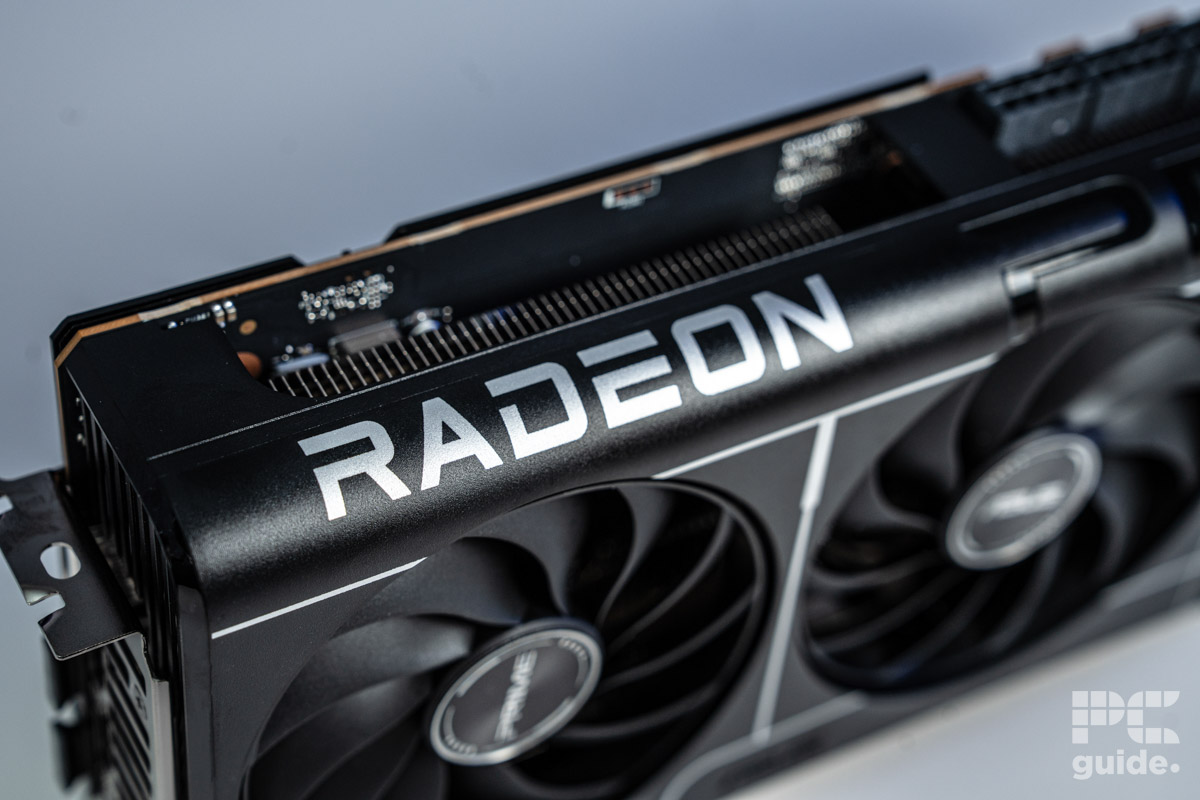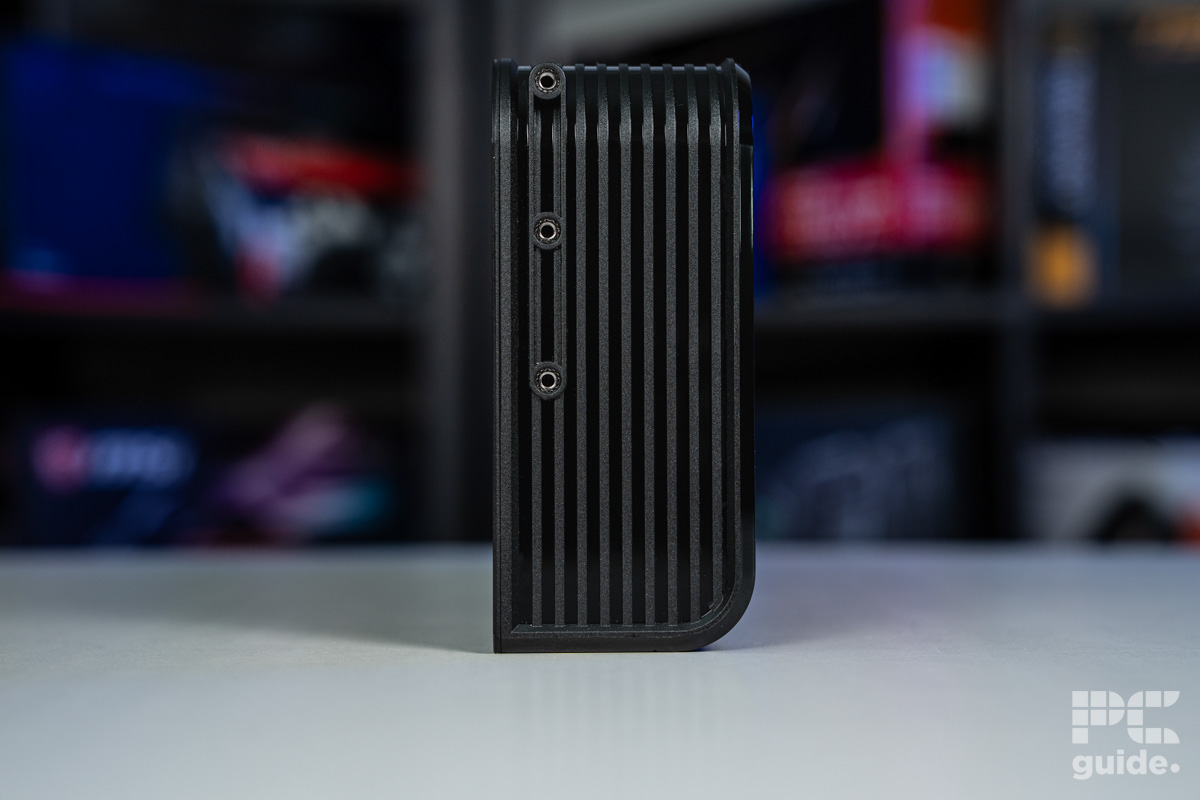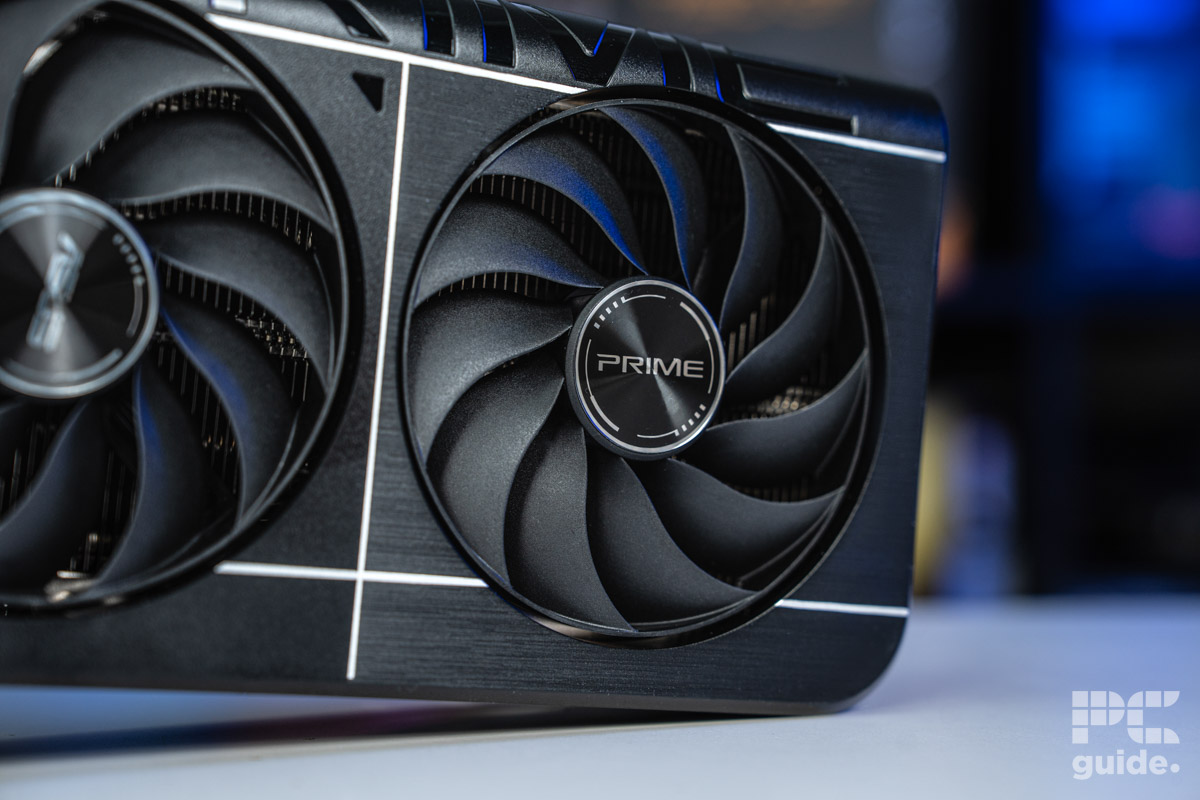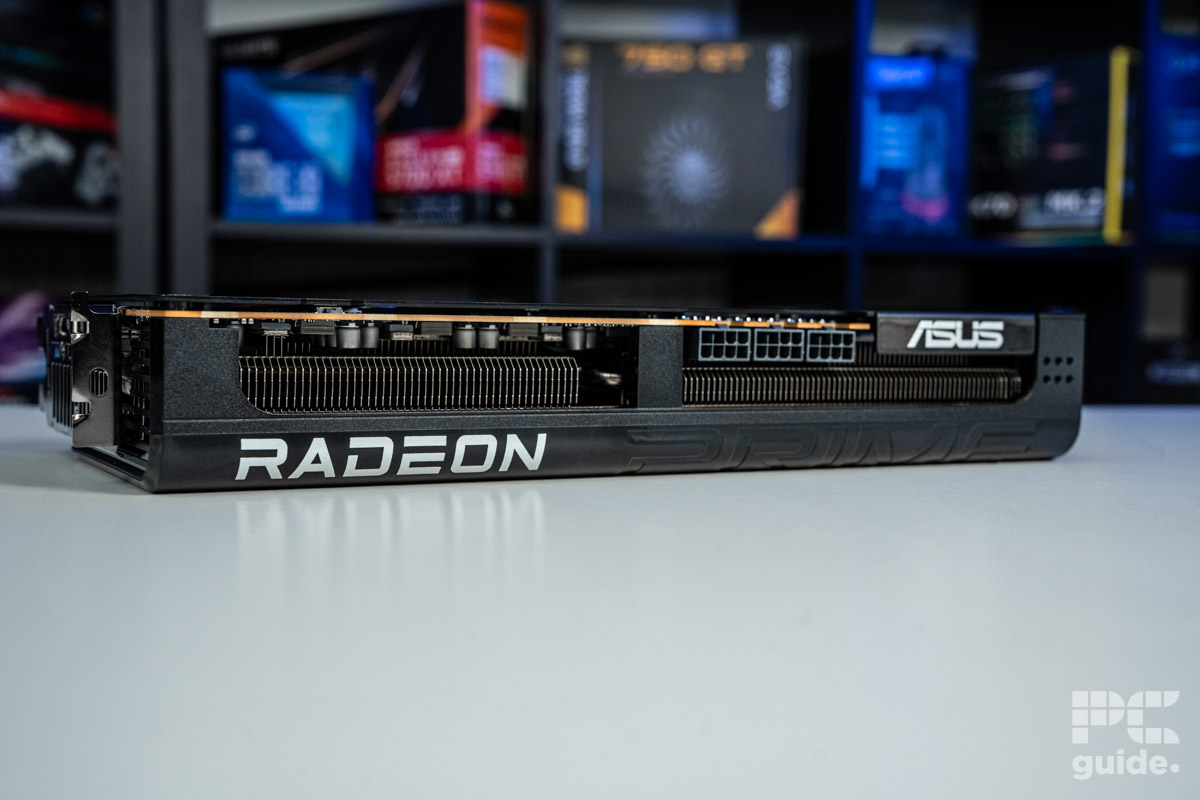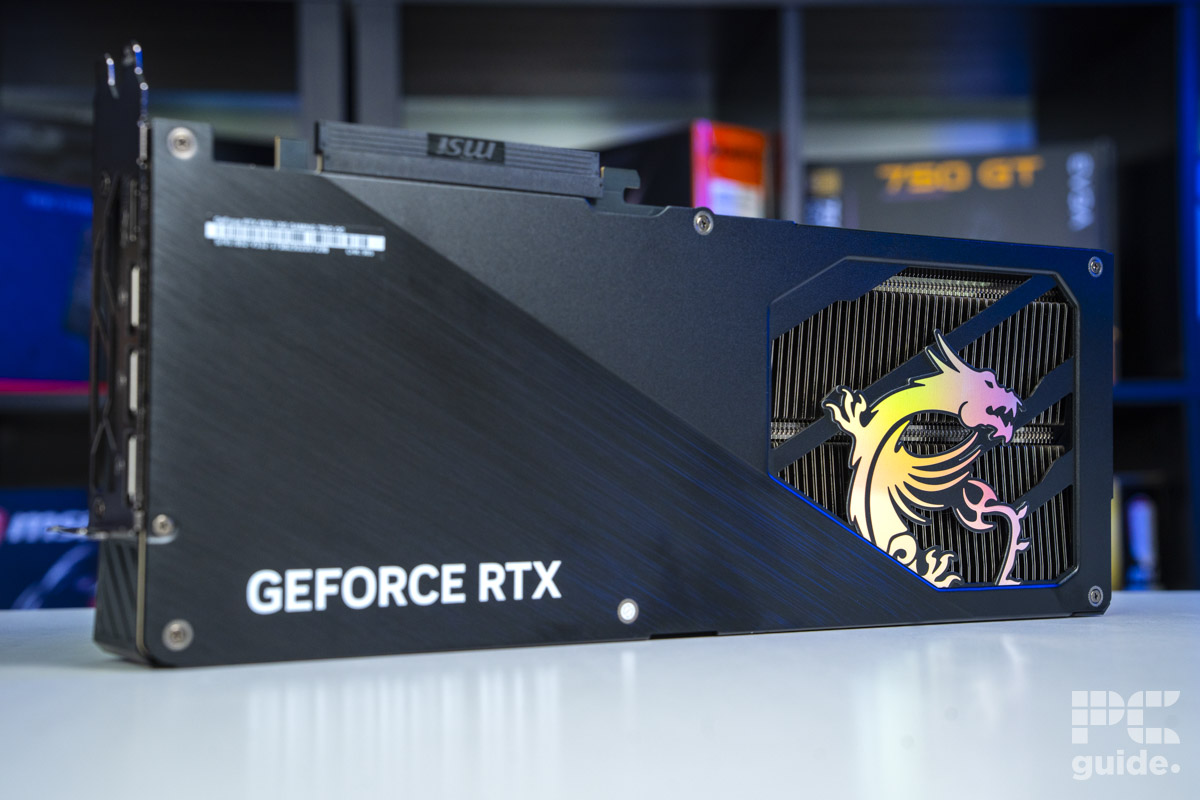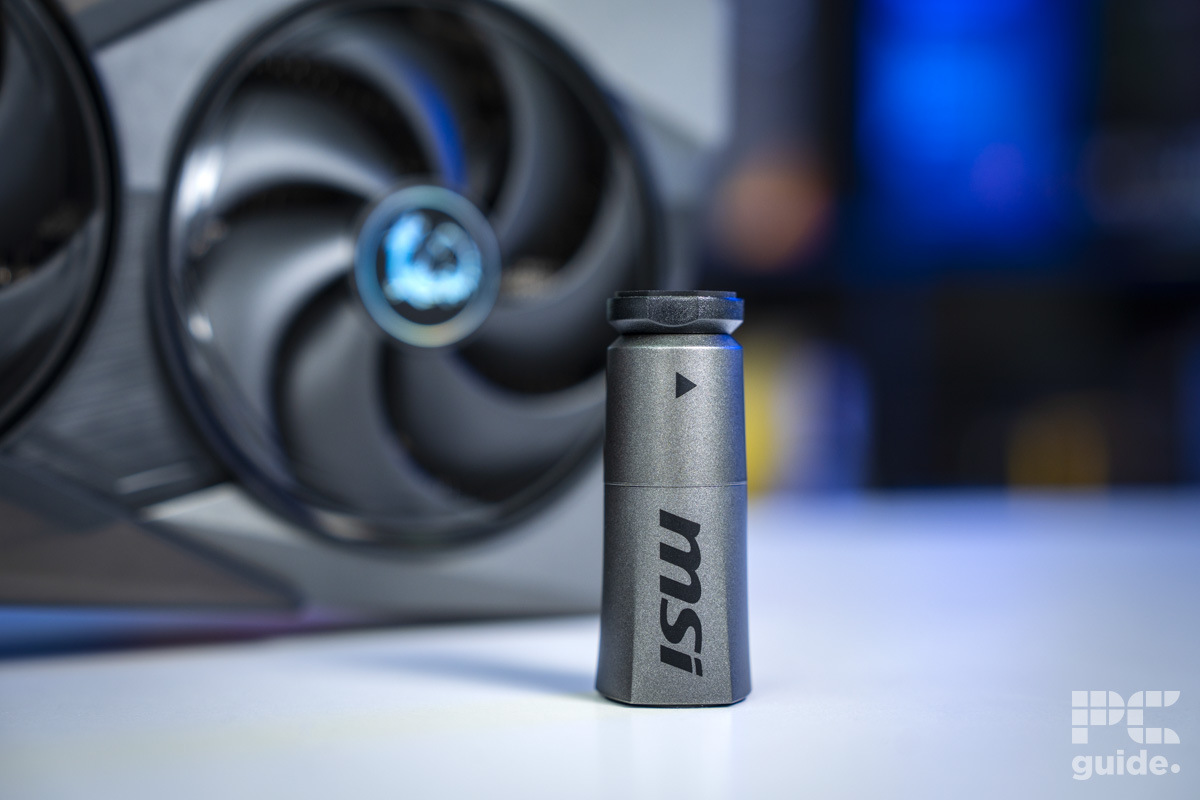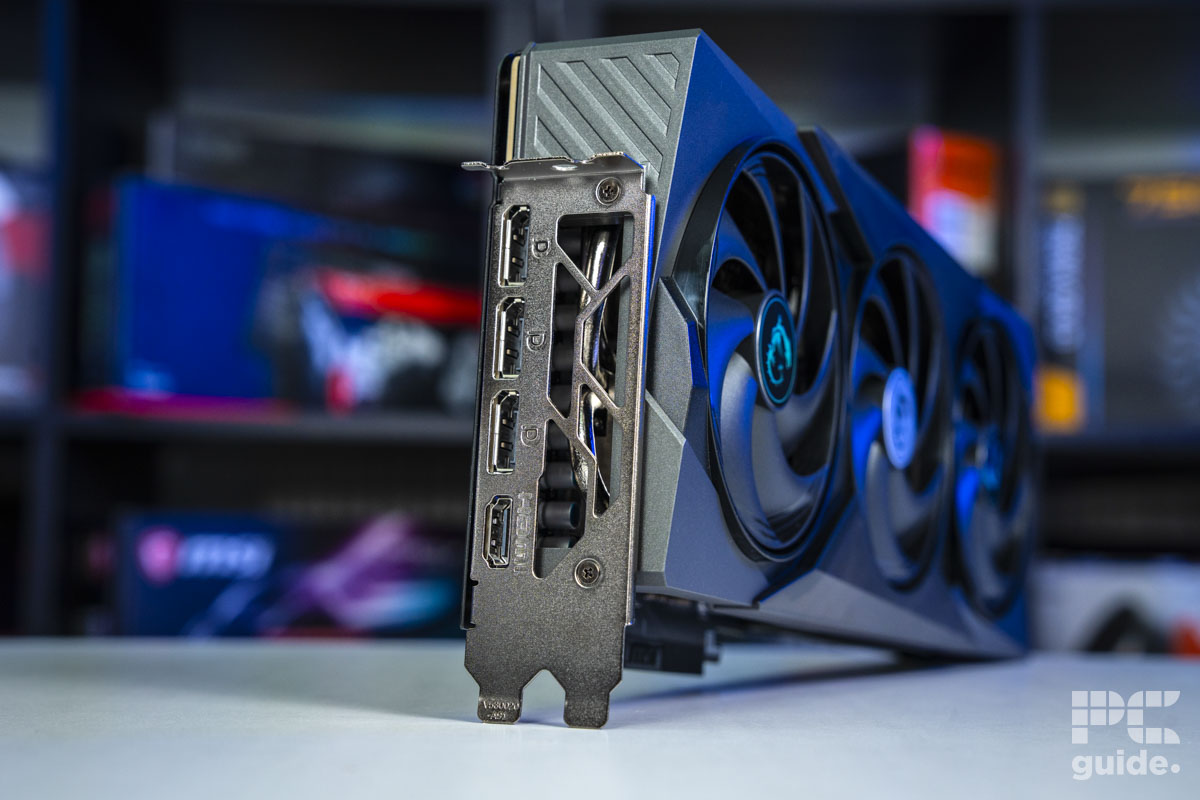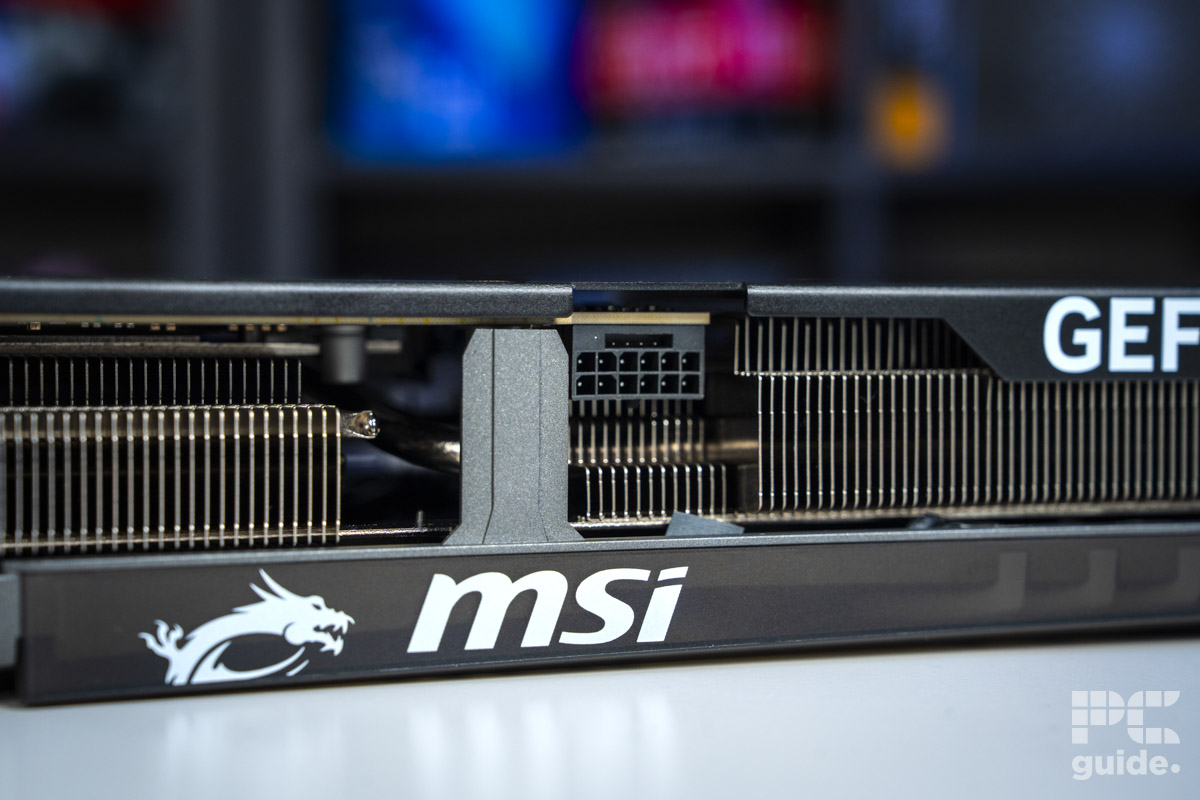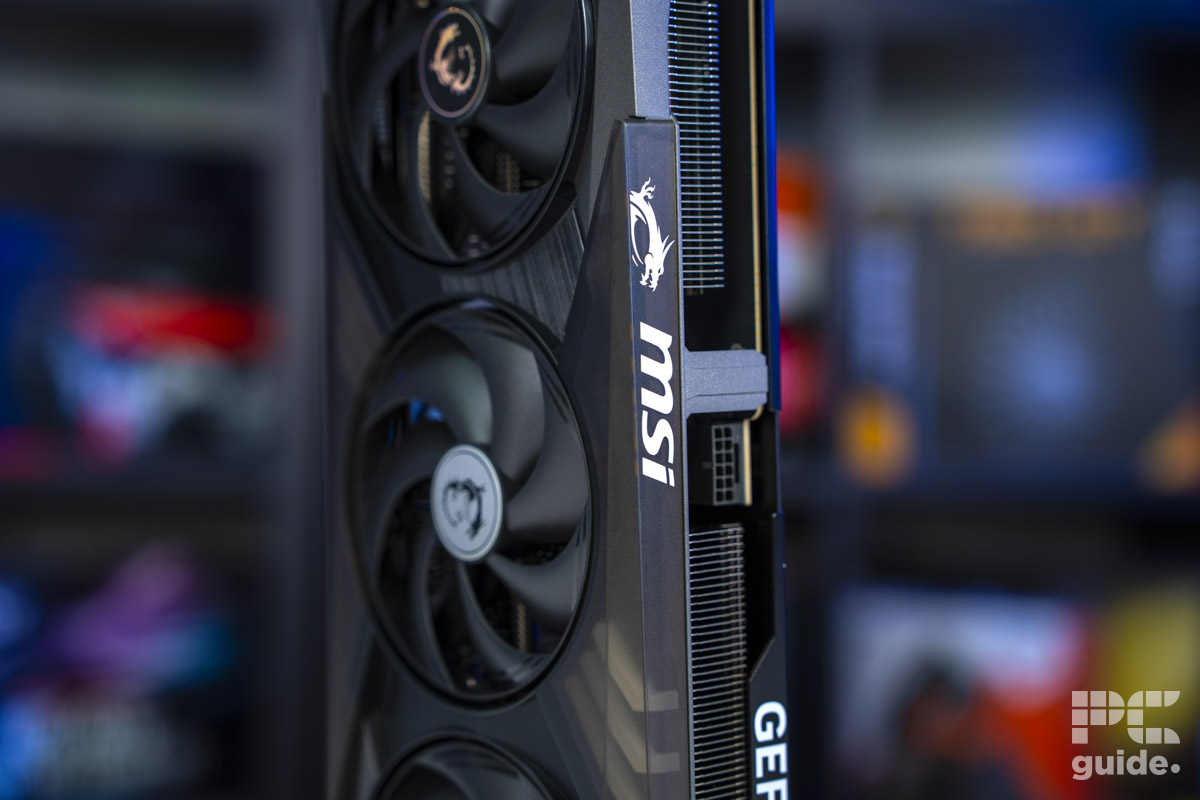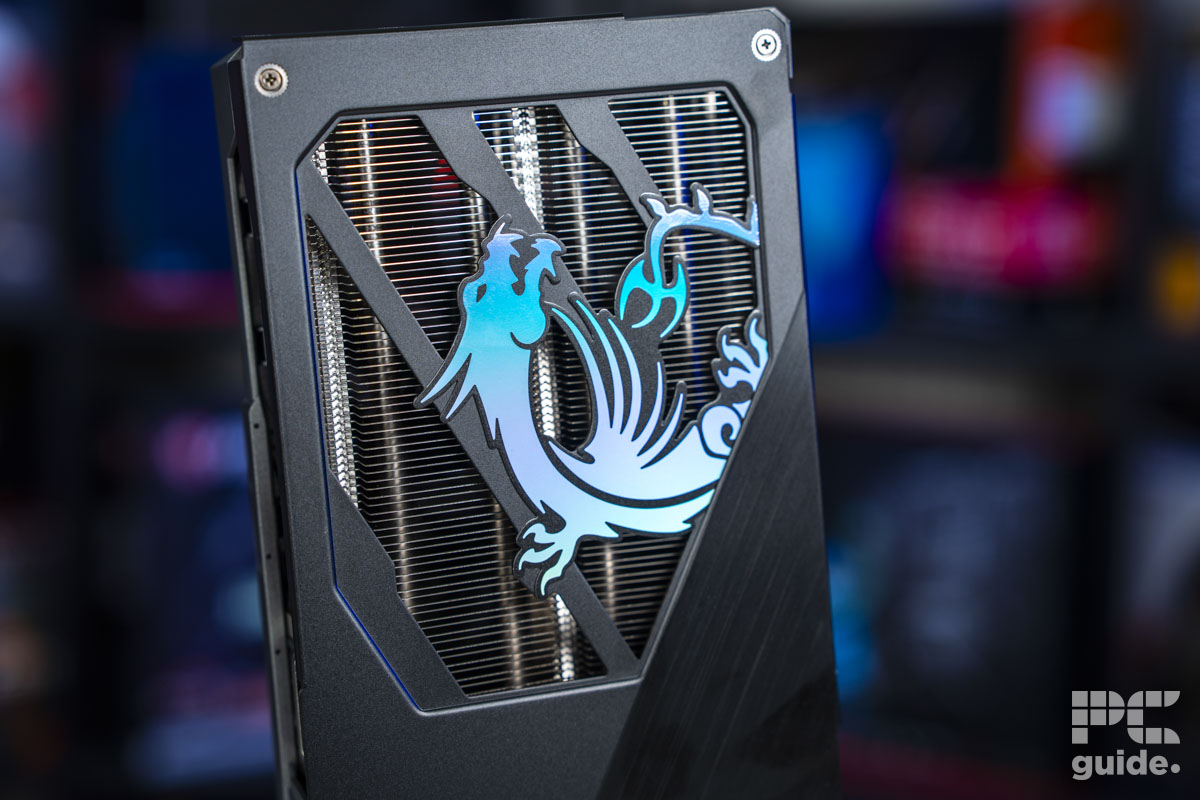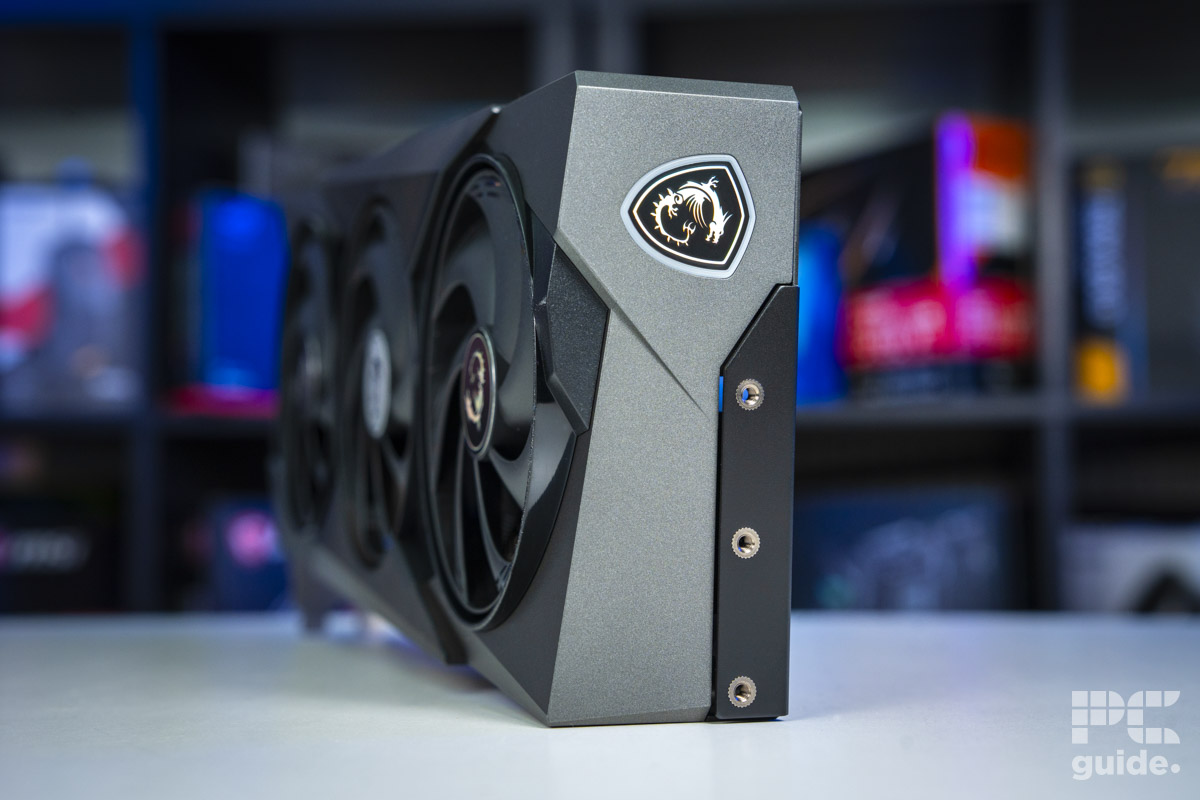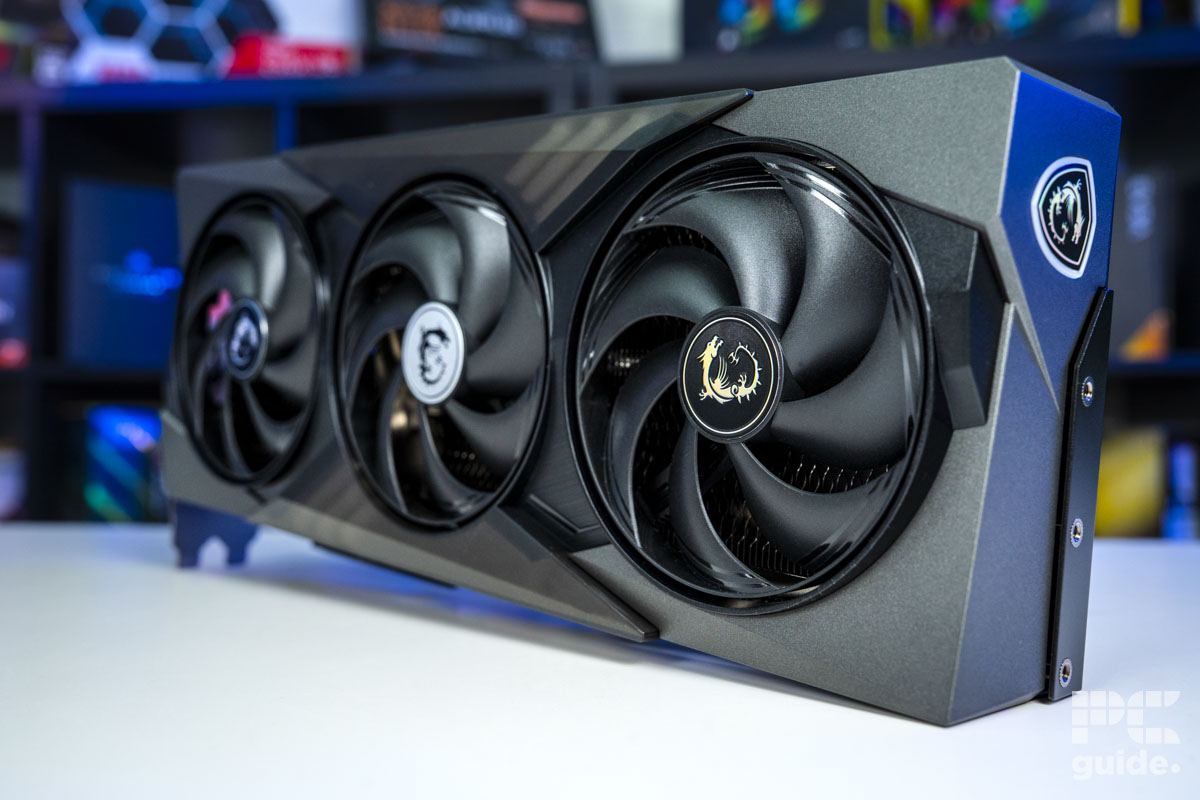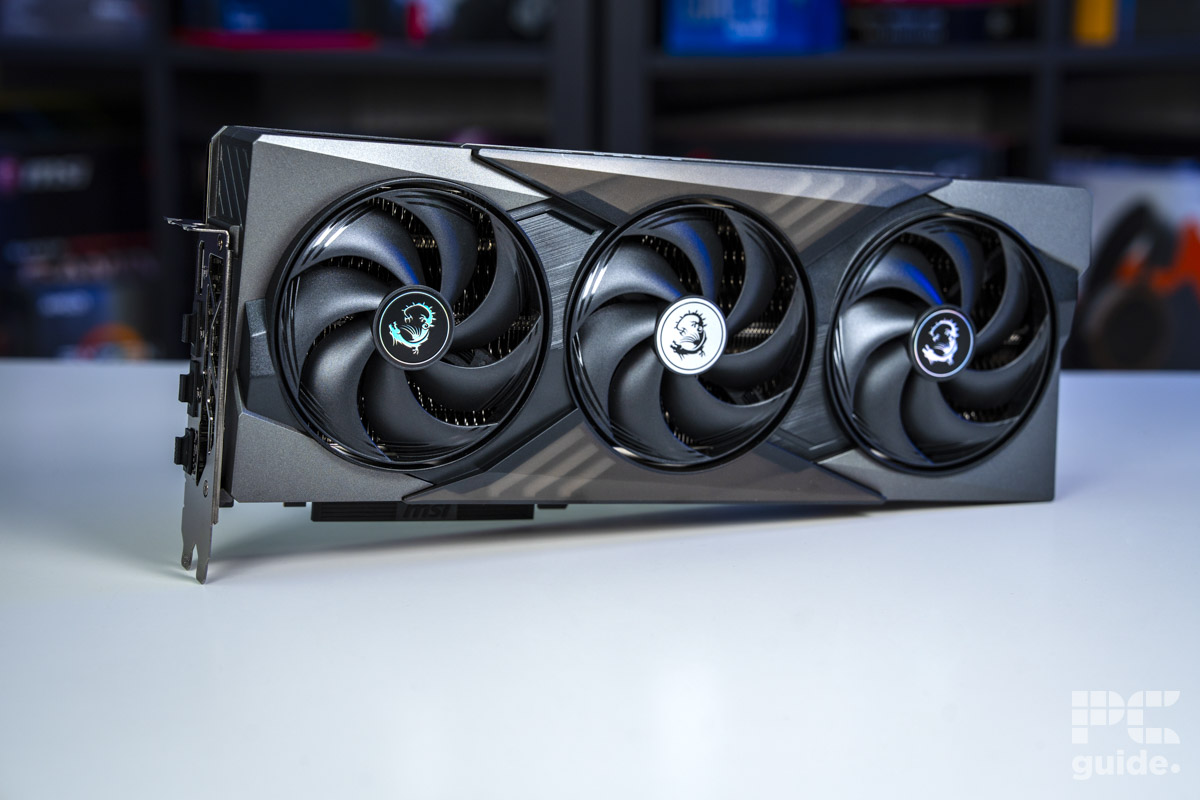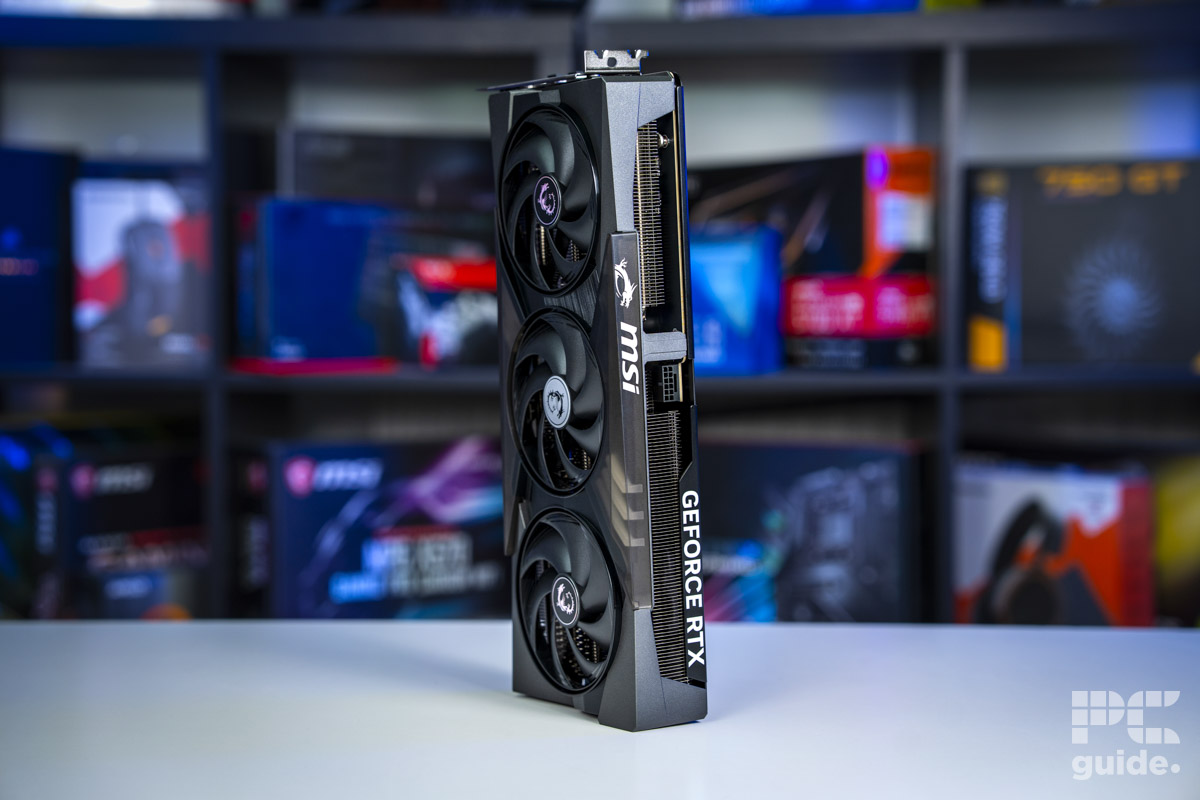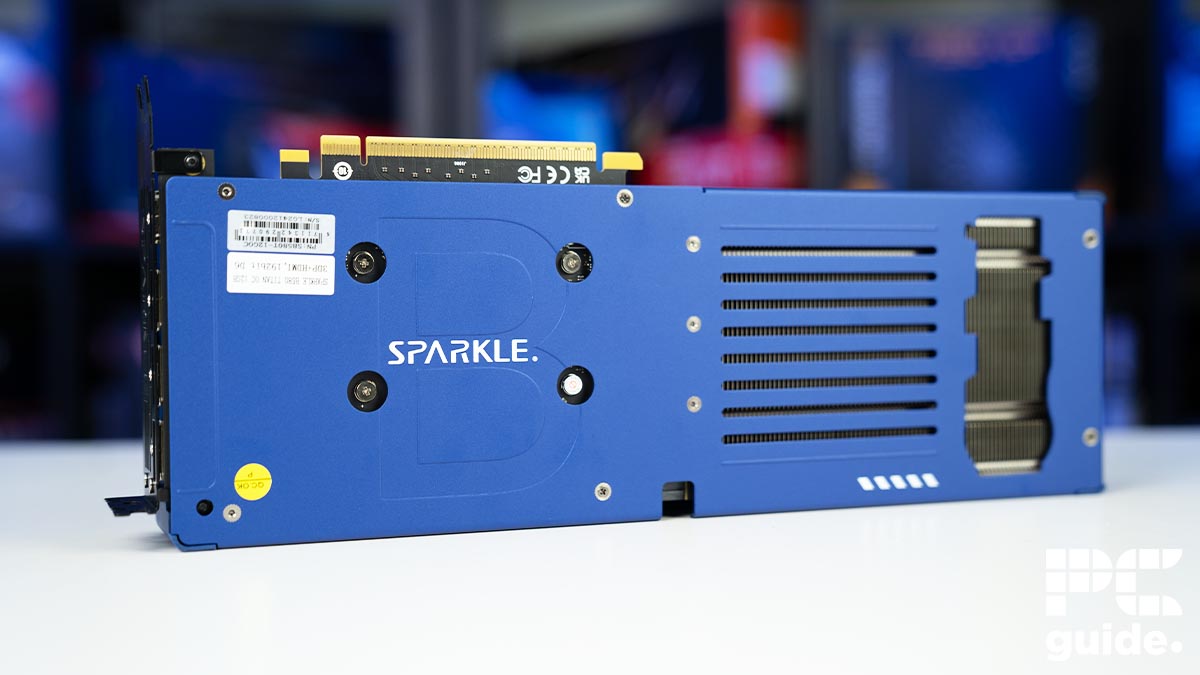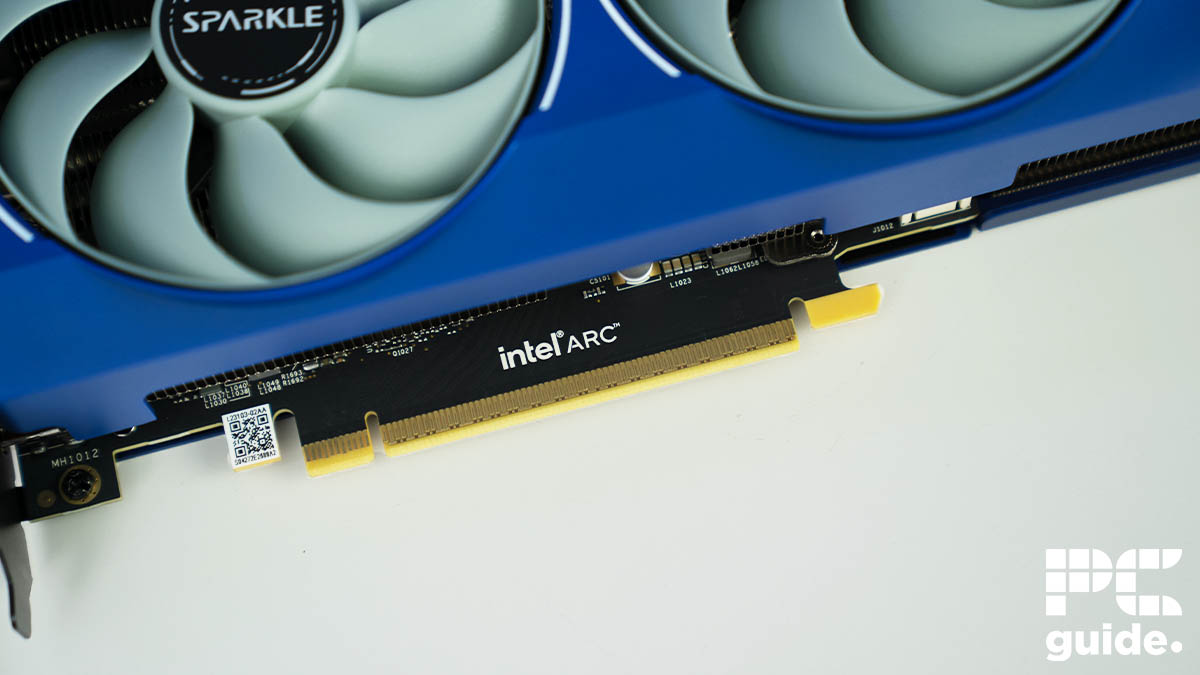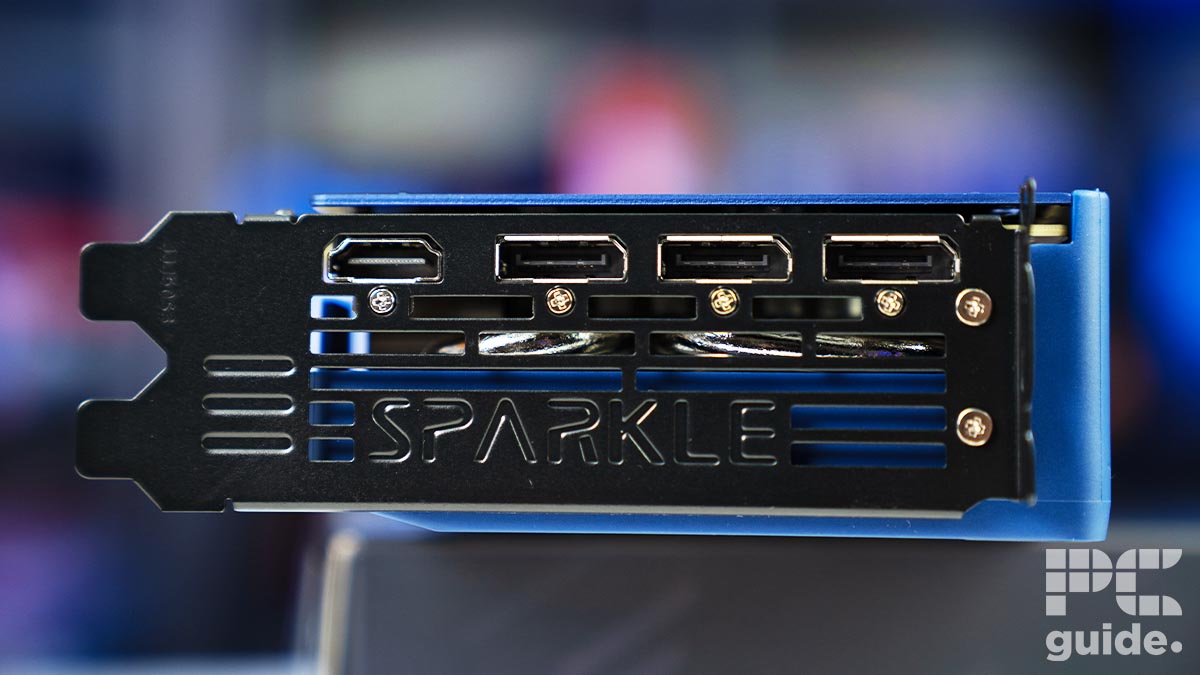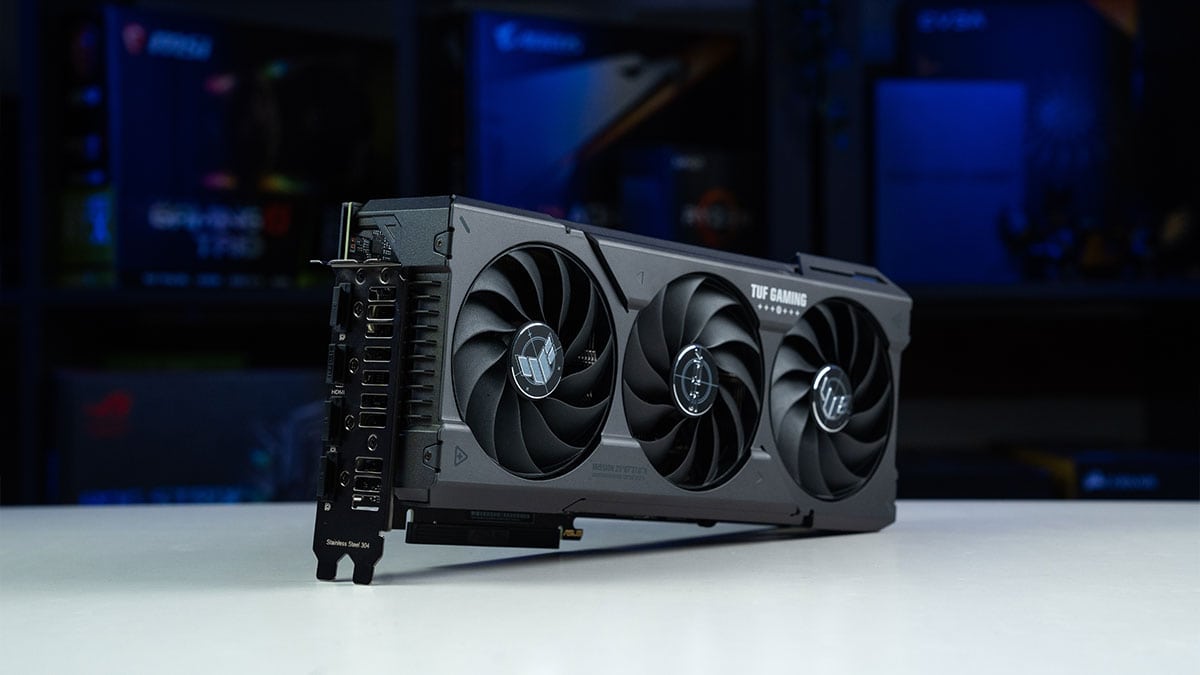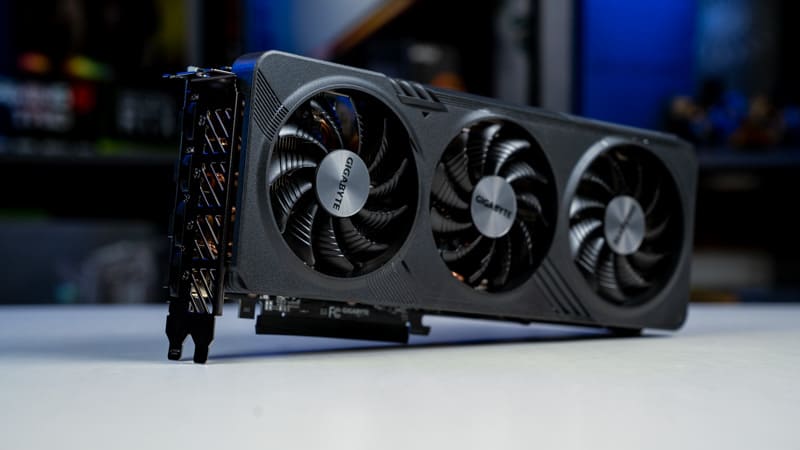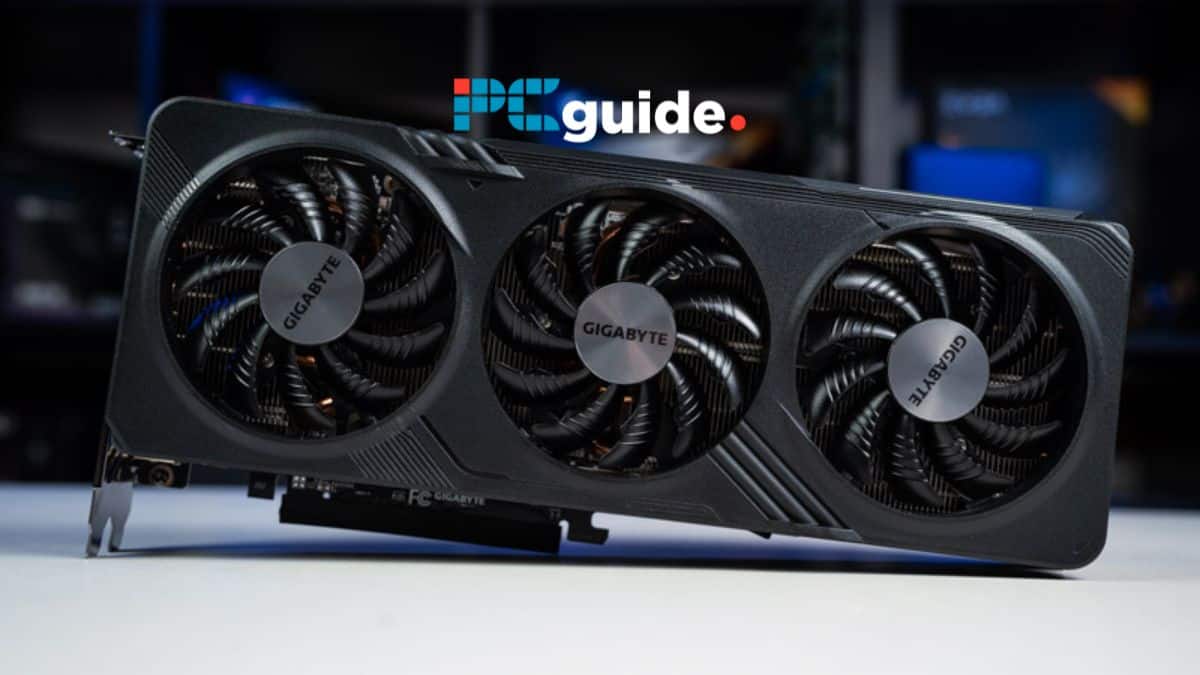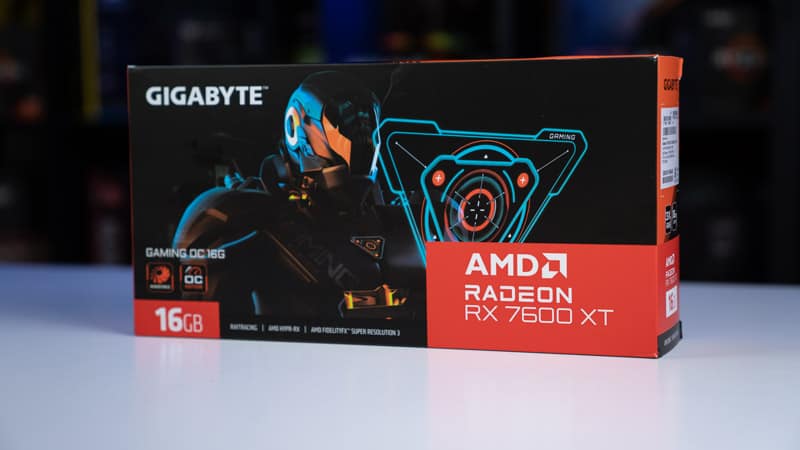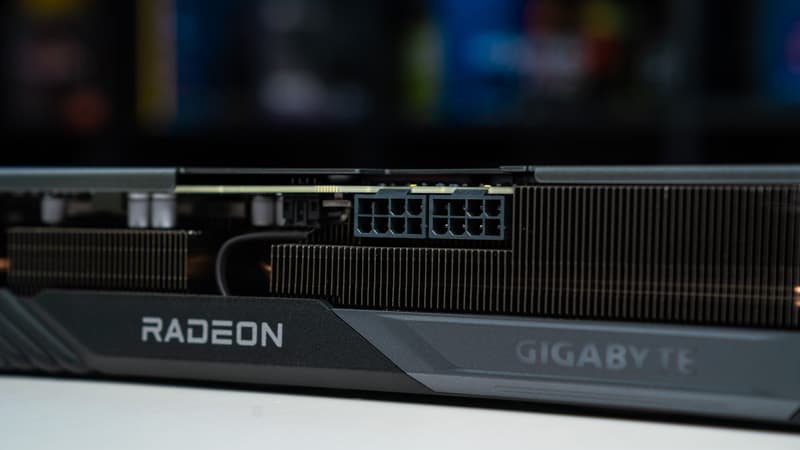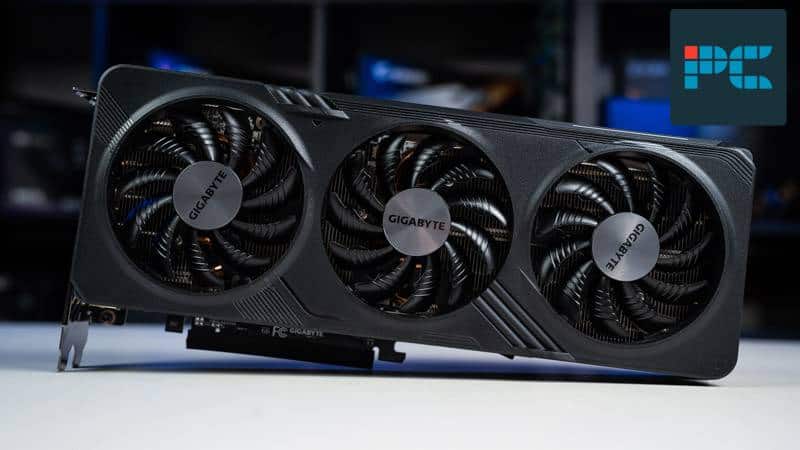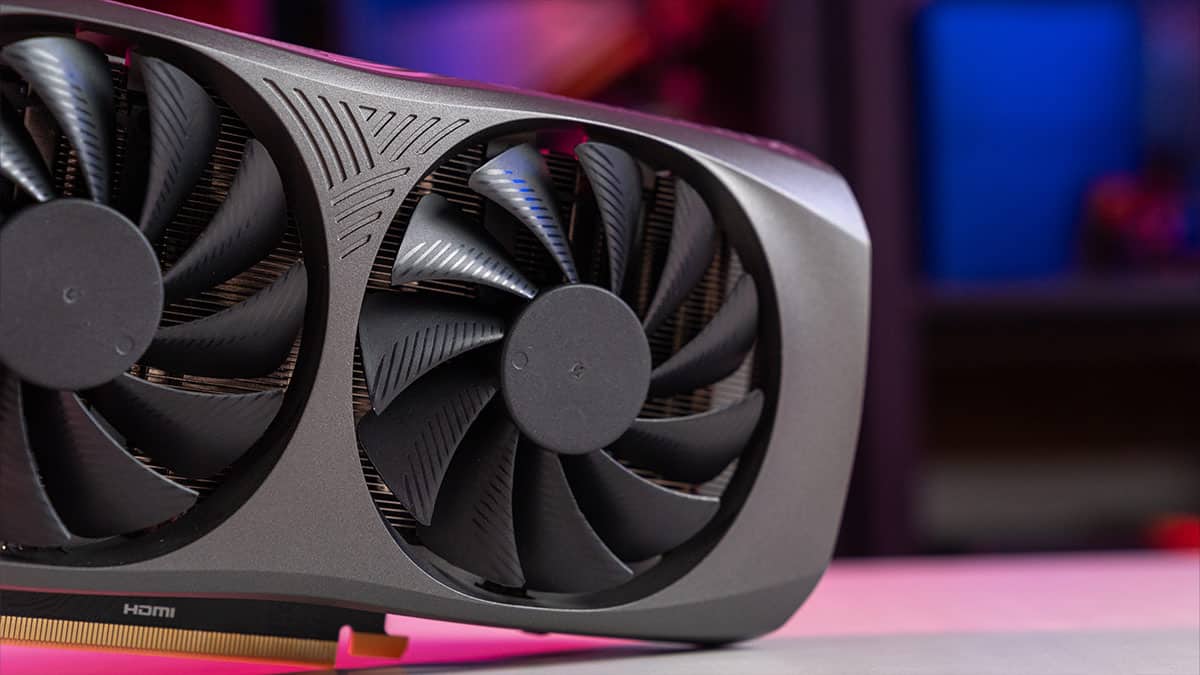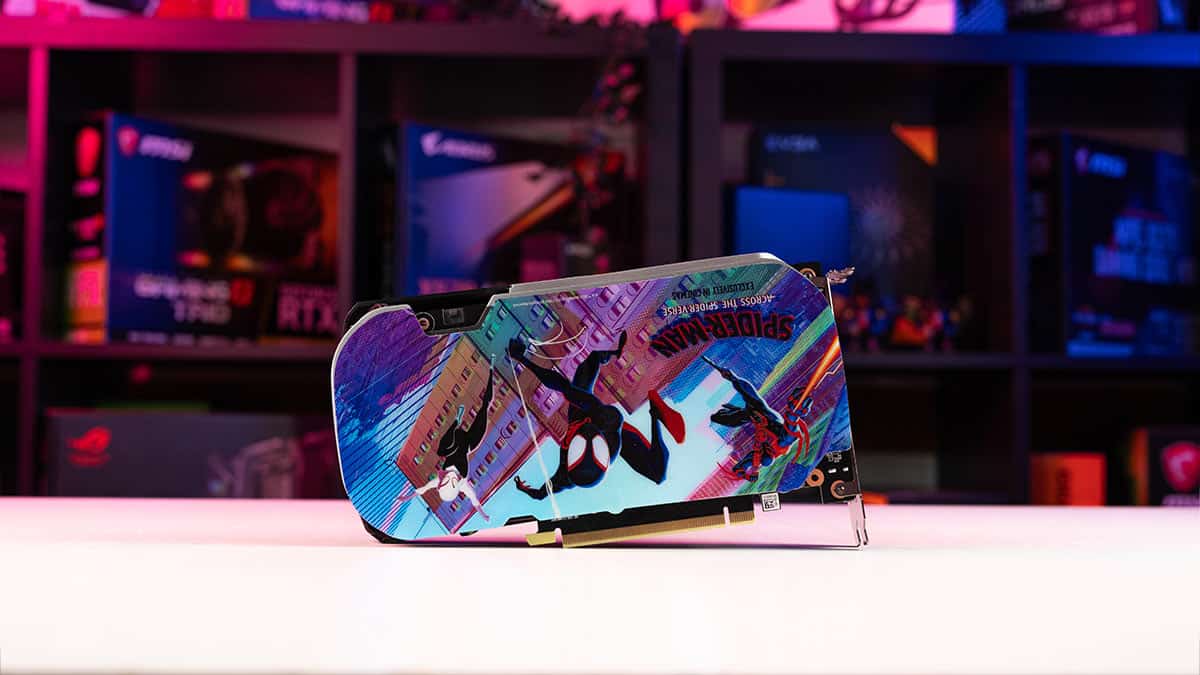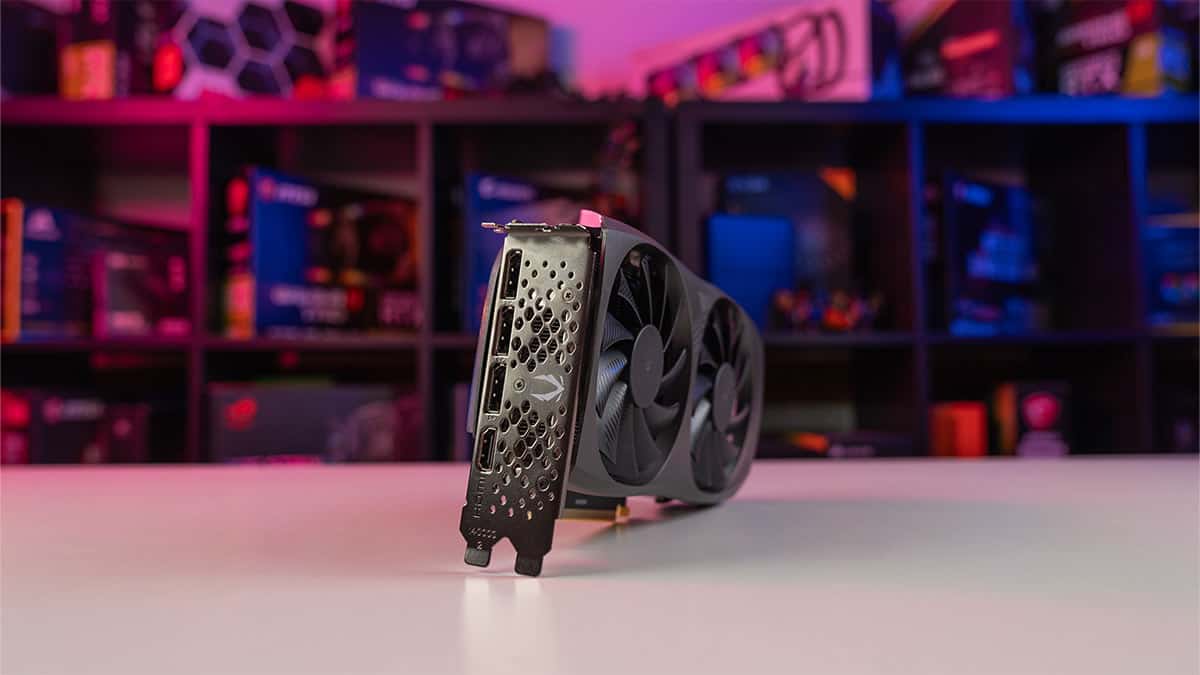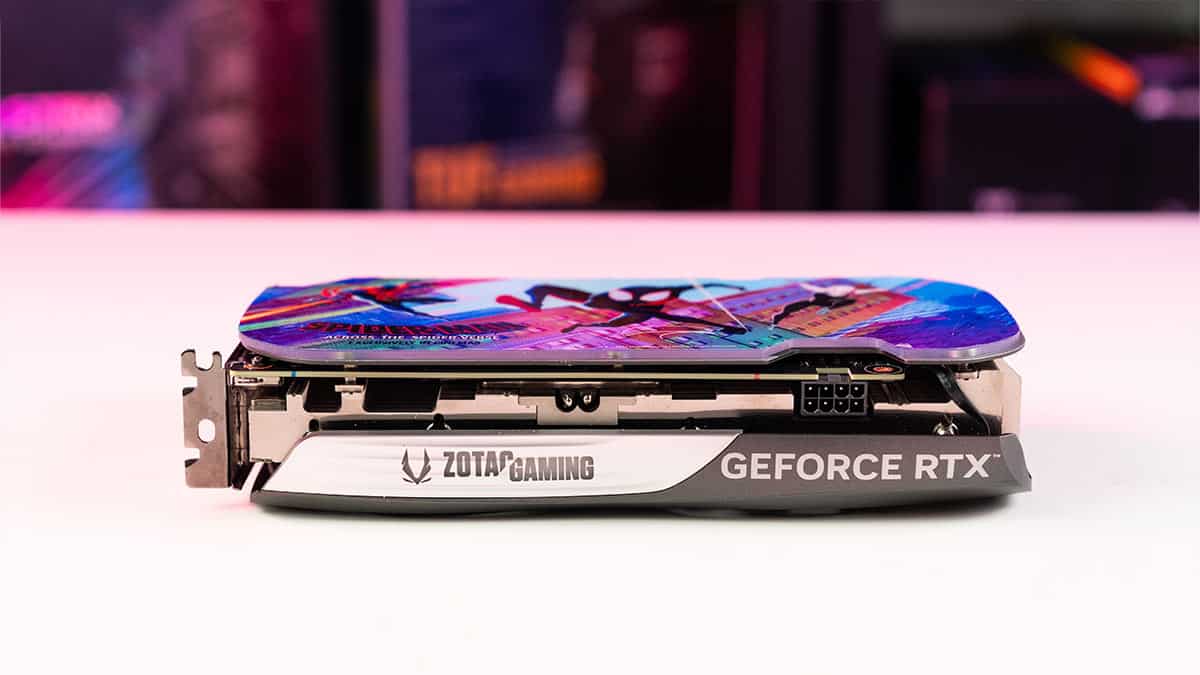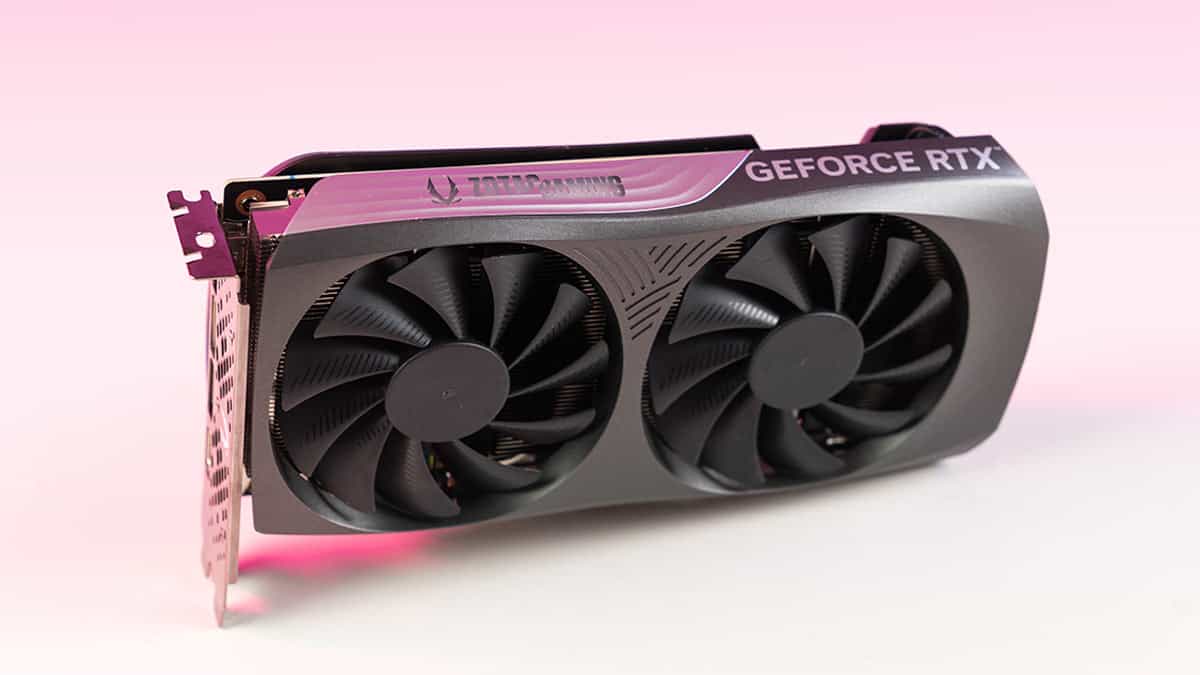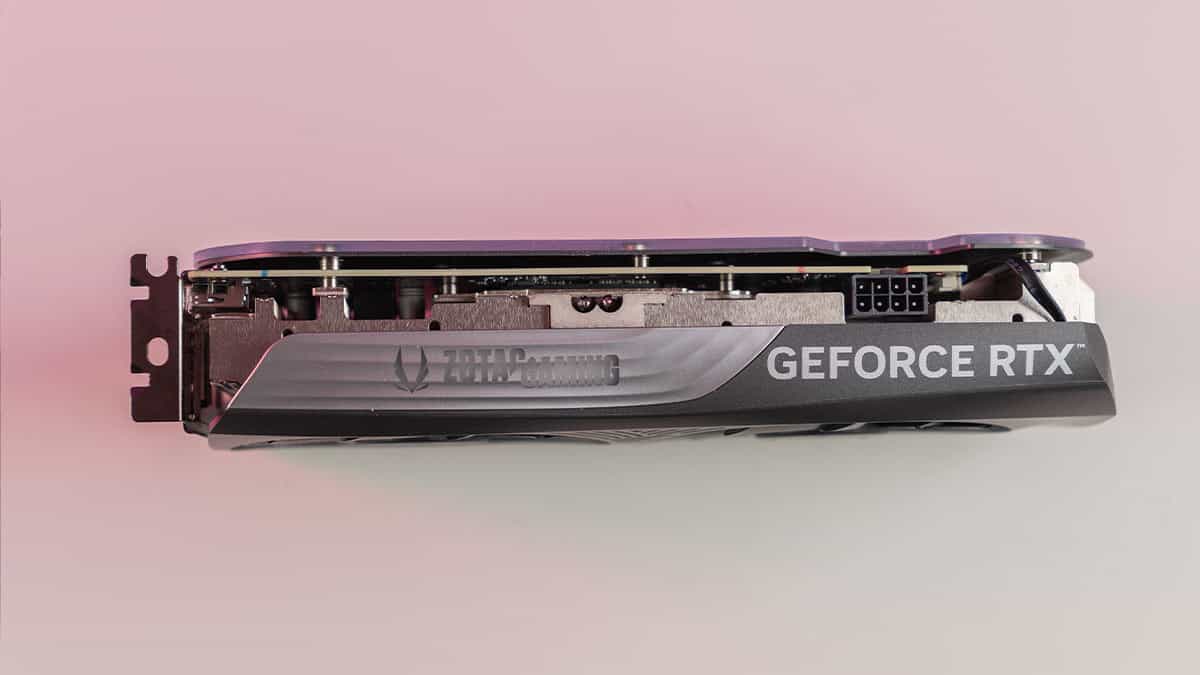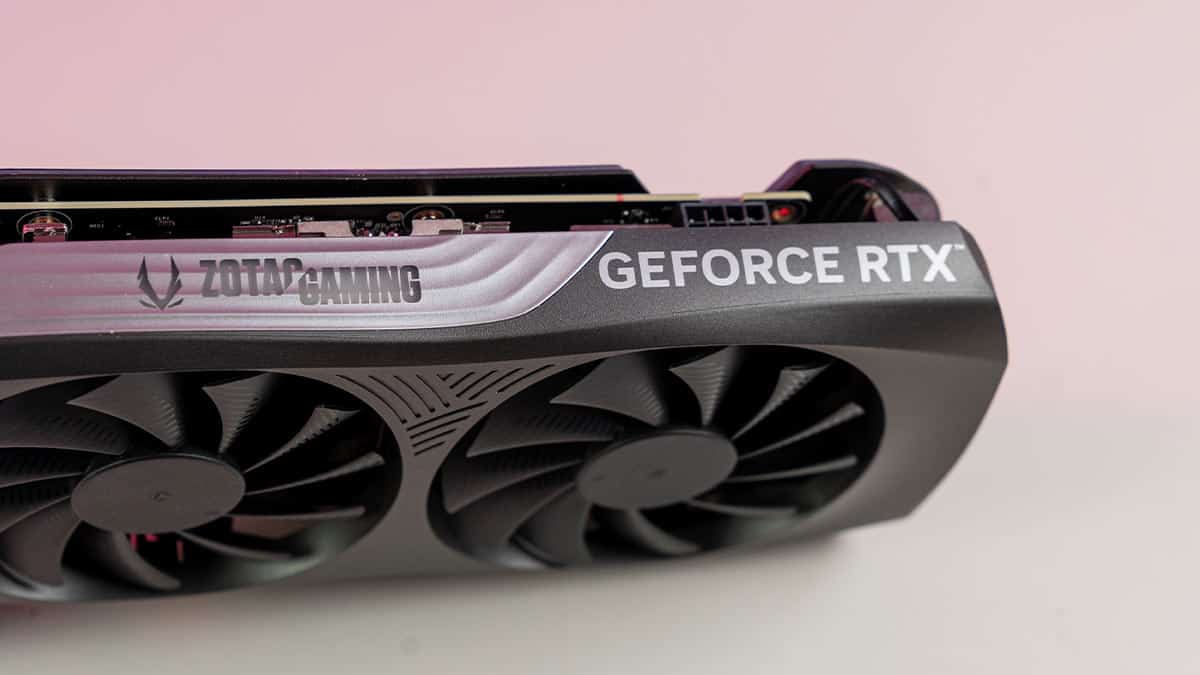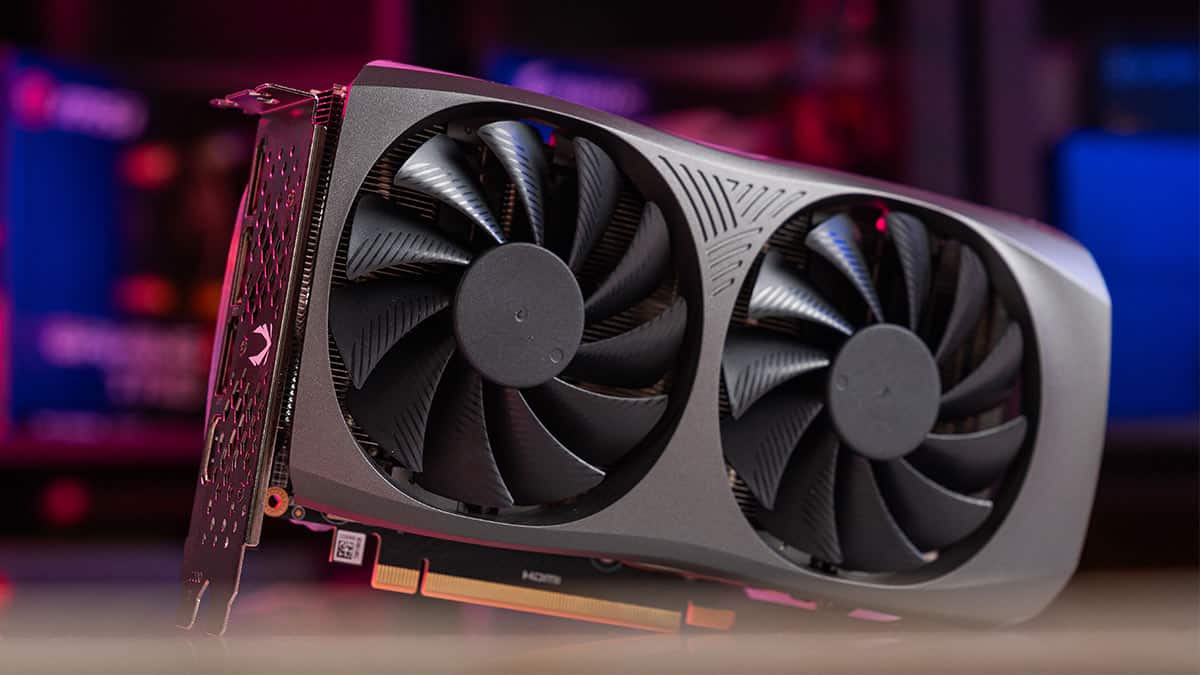Best GPUs for Photoshop in 2025 – our top reviewed picks

Table of Contents
Photoshop can be quite demanding on your system, depending on the complexity of your tasks, and choosing the right graphics card (GPU) is crucial for a smooth and efficient workflow. But when it comes to finding the best GPUs for software, it can be challenging, especially when you may not need the absolute top-of-the-line graphics card for what you primarily use Photoshop for.
That being said, there are plenty of new graphics cards available from Nvidia and AMD, but if you’re looking for a GPU with the maximum value for money, it would be the RX 9070 XT, as it has exceptional gaming and synthetic performance. However, we’ve included various GPUs to cater to everyone with different budgets.
Prime Day is finally here! Find all the biggest tech and PC deals below.
- Sapphire 11348-03-20G Pulse AMD Radeon™ RX 9070 XT Was $779 Now $739
- AMD Ryzen 7 7800X3D 8-Core, 16-Thread Desktop Processor Was $449 Now $341
- ASUS RTX™ 5060 OC Edition Graphics Card Was $379 Now $339
- LG 77-Inch Class OLED evo AI 4K C5 Series Smart TV Was $3,696 Now $2,796
- Intel® Core™ i7-14700K New Gaming Desktop Was $320.99 Now $274
- Lexar 2TB NM1090 w/HeatSink SSD PCIe Gen5x4 NVMe M.2 Was $281.97 Now $214.98
- Apple Watch Series 10 GPS + Cellular 42mm case Smartwatch Was $499.99 Now $379.99
- ASUS ROG Strix G16 (2025) 16" FHD, RTX 5060 gaming laptop Was $1,499.99 Now $1,274.99
- Apple iPad mini (A17 Pro): Apple Intelligence Was $499.99 Now $379.99
*Prices and savings subject to change. Click through to get the current prices.
Here at PC Guide, we’ve reviewed several GPUs and have tested each one to learn more about how they perform in different software. Based on the results, we’ve selected some options that we think are the right choice for photo editing and other similar productivity tasks.
Products at a glance
-
Best GPU For Photoshop
ASUS Prime RX 9070 XT OC
- GPU: Navi 48 XT
- Stream Processors: 4,096
- VRAM: 16GB GDDR6
- Memory Bus Width: 256-bit
- Base/Game/Boost clock speed: 1,660/2,400/2,970 MHz
- TBP: 304W

-
Best mid-range GPU For Photoshop
MSI GeForce RTX 5070 GAMING TRIO OC
- GPU: GB205-300
- CUDA Cores: 6,144
- VRAM: 12GB GDDR7
- Memory bus width: 192-bit
- Base/Boost clock speed: 2,330/2,610MHz
- TBP: 250W
-
Best Intel GPU for Photoshop
SPARKLE Intel Arc B580 TITAN OC
- GPU: BGM-G21
- Shading units: 2,560
- VRAM: 12GB GDDR6
- Memory bus width: 192-bit
- Bandwidth: 456GB/s
- Base/Boost clock speed: 2,670/2,740 MHz

-
Best budget AMD GPU For Photoshop
Gigabyte Radeon RX 7600 XT Gaming OC
- GPU: Navi 33
- Stream Processors: 2,048
- VRAM: 16GB GDDR6
- Bandwidth: 288.0 GB/s
- Memory bus width: 128-bit
- Base clock speed: 2029 MHz
-
Best budget Nvidia GPU For Photoshop
Zotac Gaming RTX 4060 Ti Twin Edge OC
- GPU: AD106
- CUDA cores: 4,352
- VRAM: 8GB / 16GB GDDR6
- Bandwidth: 288.0 GB/s
- Memory bus width: 128-bit
- Base clock speed: 2310 MHz
How we picked
In order to compile our list of the best GPUs for Photoshop, we carefully considered the aforementioned features and factors, along with feedback from professional users and hobbyists alike. We also took into account a variety of budgets and performance needs to ensure that there's a suitable option for everyone. Additionally, we researched the most reputable brands and models in the market, focusing on those with a proven track record of reliability, compatibility, and performance. We evaluated user reviews and expert opinions to gauge the real-world performance of each GPU, specifically in the context of software usage and graphic design.
On top of this, we always endevour to test products as best we can across a number of benchmarks – be that gaming, or stress-testing to simulate higher loads. By thoroughly examining these factors and balancing performance, cost, and user experience, we've curated a list of the best GPUs that will undoubtedly enhance your creative process and help you achieve outstanding results.
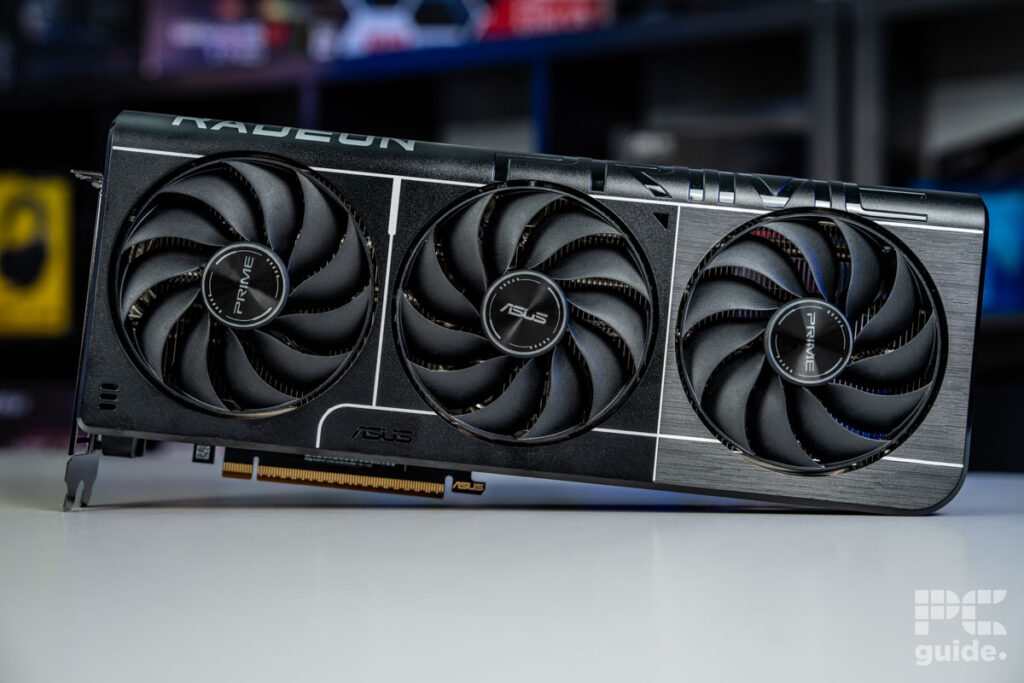
Our top picks


- GPU: Navi 48 XT
- Stream Processors: 4,096
- VRAM: 16GB GDDR6
- Memory Bus Width: 256-bit
- Base/Game/Boost clock speed: 1,660/2,400/2,970 MHz
- TBP: 304W
- Great performance even at 4K and reaching RTX 4080 levels
- Excellent MSRP makes it much more appealing against competition
- Incredible improvements over the previous generation
- Plenty of VRAM for the price
- Still falls behind in ray tracing, AI, and creative workloads
- Spiking and high power draw
- Features not as extensive as Nvidia
AMD has turned the tide with its RX 9070 XT, which was able to outperform the RTX 4080 Super in gaming and synthetic tests. It is vastly favored over its alternatives as it offers better performance and exceptional value for money. We had the pleasure of reviewing the ASUS Prime RX 9070 XT OC, and its output seriously impressed us, earning it a 4.5/4 rating and an excellent badge.
This graphics card is built on the RDNA 4 architecture, which offers much better performance and efficiency compared to RDNA 3. It also features FSR 4, among other improvements that give it great gaming capabilities. To test it, we paired it with the Ryzen 7 9800X3D.
In one of the most demanding titles, Cyberpunk 2077, this GPU churned out 61 FPS at 4K. However, what was more impressive was that Horizon Zero Dawn Remastered delivered 100 FPS, which was 4 FPS more than what the RTX 5080 could manage. While the difference isn’t a lot, it was still able to deliver better performance than the 5080, even in one title, which speaks a lot about how powerful the RDNA 4 architecture is.
Overall, the RX 9070 XT is a great graphics card for the price. Fighting against cards higher up in tiers and so providing an excellent choice even for 4K gaming and with ray tracing capabilities.
PC Guide
That being said, its synthetic output was also great as it was easily able to outperform the RTX 5070 in Fire Strike Ultra, Time Spy Extreme, Port Royal, single-precision, and quantized tests. In the last test, it was able to deliver even better output than the RTX 5080, which is, again, a huge win for AMD. These tests gauge a GPU’s ability to render 4K frames, real-time ray tracing, and AI performance with 32-bit floating point integers and 8-bit integers, respectively.
So, when it comes to Photoshop, it should be able to easily handle whatever you can throw its way; however, it is more CPU-dependent, meaning you’ll need to pair it with a powerful processor if you want to experience faster operation times. If you’re interested in exploring some options, we recommend you check out the best CPUs for the RX 9070 XT for the top picks. However, the Ryzen 9 9950X3D is the obvious option as it is the world’s best processor for gaming and content creation.
Overall, the RX 9070 XT paired with any of the latest CPUs should make for an excellent combination for gaming and other workflows, all the while, keeping it easy on the pocket.
- GPU: GB205-300
- CUDA Cores: 6,144
- VRAM: 12GB GDDR7
- Memory bus width: 192-bit
- Base/Boost clock speed: 2,330/2,610MHz
- TBP: 250W
- The best mid-range GPU from the latest gen
- Strong performer across our benchmarking
- Supports both ray tracing and DLSS 4, should you want to use it for gaming
- Expensive and overkill just for Photoshop alone – so consider this if you’re also using video editing
- Prices and availability can be a struggle to get
In the mid-range selection for Photoshop, there is the newer generation of exciting RTX 50 series range of GPUs to get plenty of features and performance out of them. That particularly pertains to encoding and rendering capabilities that Nvidia is known for. So, from those, we have picked out the RTX 5070 as the mid-range option.
With two reviews of the cards, we have tested both the MSI Gaming Trio OC and the ASUS TUF Gaming OC, both earning a 3.5 stars out of 5. Although that might be a bit low, for the most part, it is a powerful and solid GPU, with the price being a bit of a setback for it. Yet it still gets the job done and is a top pick for creative workloads.
Featuring 6,144 CUDA cores, it does come with a great deal of power behind it. It also has 12GB of fast GDDR7 memory to keep a good range of capabilities, even with a questionable lower tier providing a bigger capacity. Still, it gets a great deal of power, with the board power reaching 250W.
You get a great performing card from the pack, as the overclock boosts the ranks and keeps the temperatures down with the effective design.
PC Guide
In gaming benchmarks during our testing, it was found to be a great option for 1440p with some 4K capability. As in CS2, it averaged 352, 246, and 129 FPS. With the Cyberpunk framerates ranging between 167, 106, and 48 FPS, with ray tracing dropping to 71, 44, and 22 FPS. With the ability to test DLSS 4 as well in the title, even 4k ray tracing overdrive, multi-frame gen increases that up to 121 fps down from 9, although with questionable latency and quality.
As for synthetics, in 3DMark the card gets a score of 14,410 in Fire Strike Ultra, 10,829 in Time Spy Extreme, 14,358 in Port Royal, and 5,138 in Steel Nomad. The Blender scores range between 1,500 and 3,000 1,500 samples per minute. Offering an increase compared to the last generation, and with a strong ability to render and process at great speed.

- GPU: BGM-G21
- Shading units: 2,560
- VRAM: 12GB GDDR6
- Memory bus width: 192-bit
- Bandwidth: 456GB/s
- Base/Boost clock speed: 2,670/2,740 MHz
- Plenty of VRAM in comparison to the competition
- HDMI 2.1 and DP 2.1 are available
- Great price to performance
- Only Gen 4 x8 PCIe – may be an issue for older motherboards
- Slightly more expensive than reference card
- Still occasional troubles in older games specifically
If you’re looking for the most pocket-friendly graphics card to run Photoshop, we recommend the Intel Arc B580. While Intel didn’t have the best GPUs compared to AMD or Nvidia, the B580 made a massive comeback in more ways than one. In our Sparkle Intel Arc B580 Titan OC review, we put it through its paces in gaming and synthetic testing, and it delivered excellent results, outperforming the RTX 4060, RX 7600 XT, and, in places, even the RTX 4060 Ti.
It also offers exceptional value for money, as it costs less than these cards and can keep up with or outperform them in professional tasks. According to Puget Systems, the Intel Arc B580 scored 1,345 points in Adobe Lightroom Classic 11, which supports GPU acceleration. They also claim that it is 24% faster than the RTX 4060 Ti, and while it might not be directly comparable to Photoshop, it should give you a good idea as to what you can except from this GPU.
That being said, this graphics card features the new Xe 2 architecture and has 20 Xe cores powering it, along with 2,560 shading units and 20 Ray Tracing units. On top of that, it has a base and boost clock speed of 1,700 and 2,740 MHz, respectively. What this means is that it has pretty decent hardware under the hood which is running fast enough to deliver good gaming and professional performance.
The Intel Arc B580 has breathed fresh air in the graphics card market. Providing something new and exciting where there's been a bit of a stalemate between AMD and Nvidia. However, it's still not perfect, with some hitches in compatibility and lacking performance in some areas.
PC Guide
The 12GB GDDR6 VRAM is also something that was a huge winner with the community as budget GPUs, especially from Nvidia, don’t have enough VRAM, which limits their performance at higher resolutions, something we also experienced during our testing.
We ran a couple of games at different resolutions to see how the B580 would perform and compared it against the RTX 4060. In Doom Eternal, the B580 managed 225, 166, and 90 FPS at 1080p, 1440p, and 4K. The RTX 4060 could only manage 1080p and 1440p with 198 and 150 FPS, respectively, as it didn’t have enough VRAM to handle 4K at ultra nightmare settings.
Besides that, in Cyberpunk 2077, we got 94 and 62 FPS at 1080p and 1440p from the B580, while the 4060 delivered 80 and 47 at 1440p. So, it couldn’t even cross the 60 FPS mark at 1440p, which goes to show how much of an improvement Intel has made. When it came to professional workflows, the RTX 4060 only had better performance in Blender, and in all other tests, like 3DMark and Handbrake Tears of Steel 4K render, the B580 had significantly better performance.
So, not only is the Intel Arc B580 more pocket-friendly than the RTX 4060, but it can also push more weight and comes with new technologies like XeSS 2 and XeFG, which help enhance the gaming experience. With our choice of the B580 being the best GPU under $400, it does offer an excellent deal for the job.
- GPU: Navi 33
- Stream Processors: 2,048
- VRAM: 16GB GDDR6
- Bandwidth: 288.0 GB/s
- Memory bus width: 128-bit
- Base clock speed: 2029 MHz
- Boost clock speed: 2539 MHz
- Decent performance-to-price ratio for Team Red fans
- Alternative to the Nvidia RTX 4060
- More than enough VRAM for Photoshop and editing
- Decent but not spectacular results on our benchmarking
- Lack of Ray Tracing for those wanting a more well-rounded card for gaming
The AMD RX 7600 XT is a decent little card, just managing to sneak onto this list with a commendable 3/5 in our AMD RX 7600 XT review. Under the hood, there's a hefty 16GB of VRAM and 2,048 Stream Processors. This enables it to handle games at higher resolutions and makes it a good option for tasks that require more memory.
Its 2,048 Stream Processors have a base and boost clock speed of 2,029 and 2,539 MHz, respectively. This means that the boost clock can handle 2.5 billion instructions in a second without overclocking it. So, you can get better in-game and professional performance by overclocking the GPU, but that will also increase its TDP and heat generation. In this case, we recommend using a good cooling solution like the best 140mm case fans to ensure a good and stable airflow through the PC case.
The AMD RX 7600 XT holds up well in 1080p and can offer decent native 1440p performance. However, to get the most out of it you're going to need to use FSR upscaling tech, and this card doesn't have enough power for creatives, even compared to its similarly priced rivals.
PC Guide
As for its gaming performance, it managed 86 and 53 FPS at 1080p and 1440p in Cyberpunk 2077, respectively, and 91 and 67 FPS in Assassin’s Creed Mirage. So, this card is good for FHD and 2K gaming, but you’ll have to leverage FSR to get good and stable frames at 2K, depending on how demanding the title is.
That being said, its Ray Tracing performance isn’t the best and tanks the FPS even at 1080p. Besides that, it had 7,465 points in Firestrike Ultra, which gauges a GPU’s ability to render 4K frames, and the RTX 4060 is 6,039 points overall, giving the 7600 XT an edge when it comes to 4K. Overall, this is a good budget GPU with enough power and plenty of VRAM, but with the Intel Arc B580 on the market offering better performance with only 12GB VRAM, it makes it a difficult call to opt for other alternatives.
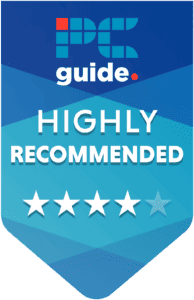
- GPU: AD106
- CUDA cores: 4,352
- VRAM: 8GB / 16GB GDDR6
- Bandwidth: 288.0 GB/s
- Memory bus width: 128-bit
- Base clock speed: 2310 MHz
- Boost clock speed: 2550 MHz
- Affordable price for solid performance in work and play
- 8GB of GDDR6 memory is ample for a decent creative station
- 16GB variant also available for those who need more headroom
- Won’t require a hugely powerful PSU (550W) so in theory an easy switch, motherboard allowing
- Lower performance compared to RTX 4070 Ti Super and less of an all-rounder
- Don’t opt for the 8GB version if you’re looking for a decent gaming rig above 1080p
- Lack of Founders Edition, so you’re need to rely on partner cards which all vary
The Nvidia RTX 4060 Ti may have had a tough time when it launched, but as we found in our RTX 4060 Ti review, it's still a more than capable graphics card. Our tests revealed that the synthetic performance of the RTX 4060 Ti is surprisingly strong, especially considering the limited power of the hardware inside. However, it really struggled when we cranked up both the resolution and graphical fidelity in the Extreme and Ultra variants of our tests.
The RTX 4070 Ti is a powerful GPU further bolstered by the likes of DLSS and ray tracing and while priced higher than many AMD mid-range offerings, largely holds its own.
PC Guide
Another downside is the lack of a Founders Edition, so you'll need to rely on partner cards. We would recommend our test card, which was an overclocked version of the 8GB variant supplied to us by ASUS. The good news is the 4060 Ti only needs a PSU of around 550W, which is very much in line with units often paired with 2nd-gen and 3rd-gen Nvidia cards. In theory, then, the 4060 Ti could be an easy upgrade and won't require too much swapping around other components.
A cheaper alternative still could be the Nvidia RTX 3060, which comes with 3584 CUDA cores, 12 GB of GDDR6 memory, and a 192-bit memory bus. Those specs would provide solid performance for photo editing and graphic design tasks. Again, though, we're not recommending this too strongly here as it's last-gen tech, but if you're on a budget, prices will continue to fall for the now aging Nvidia 3rd-gen cards.
That said, the RTX 4060 Ti was able to handle 4K gaming natively, managing 45 FPS in Assassin’s Creed Mirage and 47 FPS in The Finals. Turning on DLSS 3 further enhances these frames. On top of that, it also had good performance in synthetic testing, scoring 12,063 points in Cinebench R24 and 7,273 points in Fire Strike Ultra.
Overall, the RTX 4060 Ti is a solid card if you’re operating on a budget and want a card that can easily handle professional workflows and deliver good gaming performance.
Considerations for the best GPUs for Photoshop
Several key factors must be considered when choosing the best GPU for Photoshop. Ensure that your graphics card meets your needs and enhances your creative workflow.
Compatibility
First and foremost, consider the GPU's compatibility with the software and your system, as not all graphics cards are supported by Adobe's software. It's also essential to look at the amount of VRAM (video memory) offered by the GPU, as this will affect your ability to work with large files and multiple layers.
GPU Performance
Another essential aspect to consider is the GPU's performance in terms of CUDA cores or stream processors, which determine the card's processing power. This is especially relevant for users who rely on GPU acceleration for tasks like rendering and applying complex filters. Moreover, it's crucial to factor in the GPU's power consumption and cooling system, as these can impact both your system's overall efficiency and noise levels.
Price
Additionally, price and value are important factors to consider. You want to purchase a GPU at the right time. You can do this by buying a GPU during seasonal sale periods, like Black Friday or Spring. Similarly, price tracker applications, such as Camelcamelcamel, allow you to track price dips so you can time your purchase just right.
What GPU is recommended for Photoshop?
Although there are plenty of options that we’ve listed that are compatible with the software, looking at the Photoshop system requirements, it doesn’t take much to run the game, be it the minimum or the recommended hardware; it’s pretty achievable.
As Adobe suggests, at a minimum, use a GPU with DirectX 12, a 1.5GB VRAM capacity, and one that is within 7 years old (as older ones are not tested, so not guaranteed to work). While the recommended level is the same, DirectX support, but this time upping the memory requirement up to 4GB to be able to support 4k and higher resolutions.
Is Photoshop better on CPU or GPU?
Photoshop is primarily a CPU-intensive application, which means that most of its functions rely on the processor for optimal performance. However, with the increasing adoption of GPU-accelerated features in recent years, having a good GPU can significantly improve your experience with photo editing. Tasks like real-time rendering, complex filters, and 3D manipulation benefit from a capable GPU. So, while the software relies heavily on the CPU, a good GPU complements the CPU and enhances the overall performance.
Does Photoshop need a good GPU?
While Photoshop can run on a system with an integrated GPU, having a dedicated GPU is highly recommended for a better experience, especially for professional users.
A good GPU enables faster image processing, smoother performance when working with large files or multiple layers, and better handling of GPU-accelerated features like specific filters and 3D tools. Investing in a good GPU will not only improve your experience but also future-proof your system for more demanding tasks and updates in the software.
Does the GPU affect Photoshop?
Although it might not need the best graphics cards, the GPU still affects Photoshop. The requirements still need support for DirectX and a bit more VRAM. Since it uses GPU acceleration, it affects Photoshop. Although not the most intensive of use cases, it still needs to work smoothly and effectively.
Is an integrated GPU good for Photoshop?
There are plenty of Photoshop features that will work fine with an integrated GPU. However, others require a dedicated card that can utilize the hardware acceleration and the amount of VRAM onboard. For the most part, it’s a good option if you don’t want to or can’t afford a dGPU or your system doesn’t have one; you still have access to plenty of Photoshop features, just not all of them.
Is Nvidia better than AMD for Photoshop?
For the most part, Nvidia is usually the better option to go for, considering the CUDA cores onboard and the optimizations Nvidia has made, which allow for better performance. Although AMD has been improving its implementation, it might in fact be on par or not too far behind as an option.




